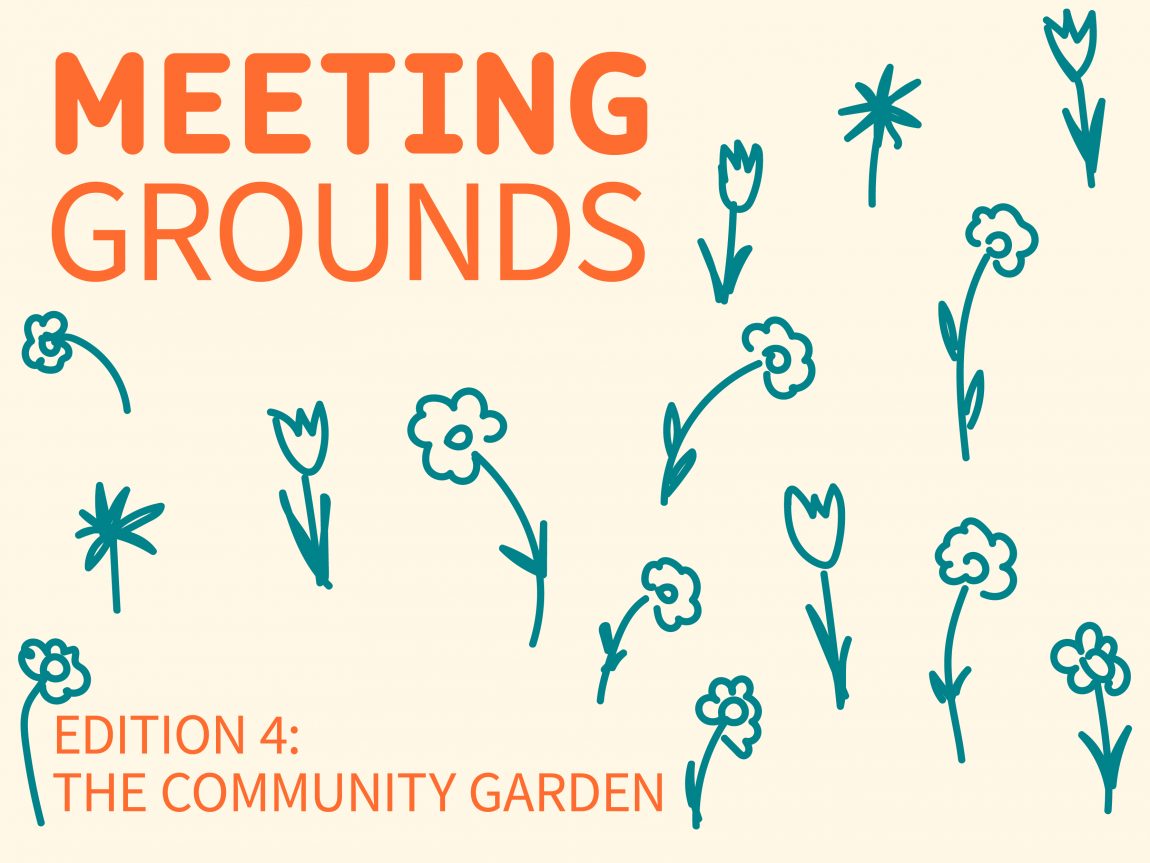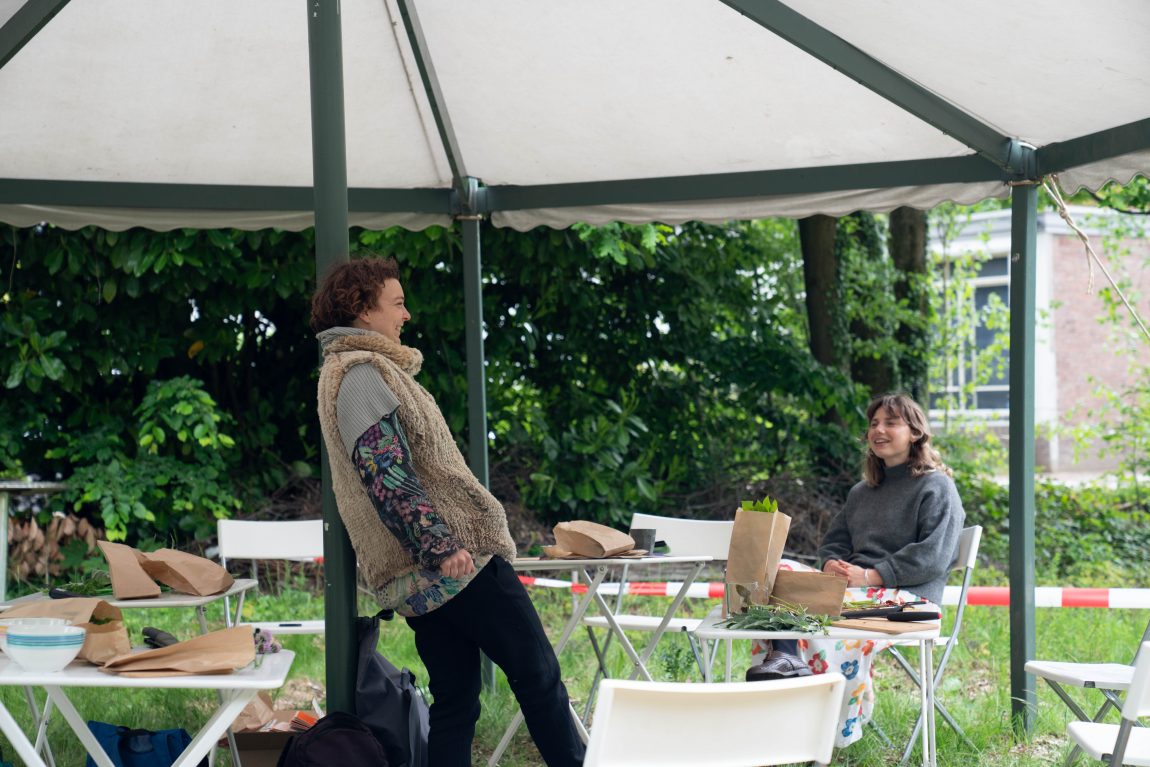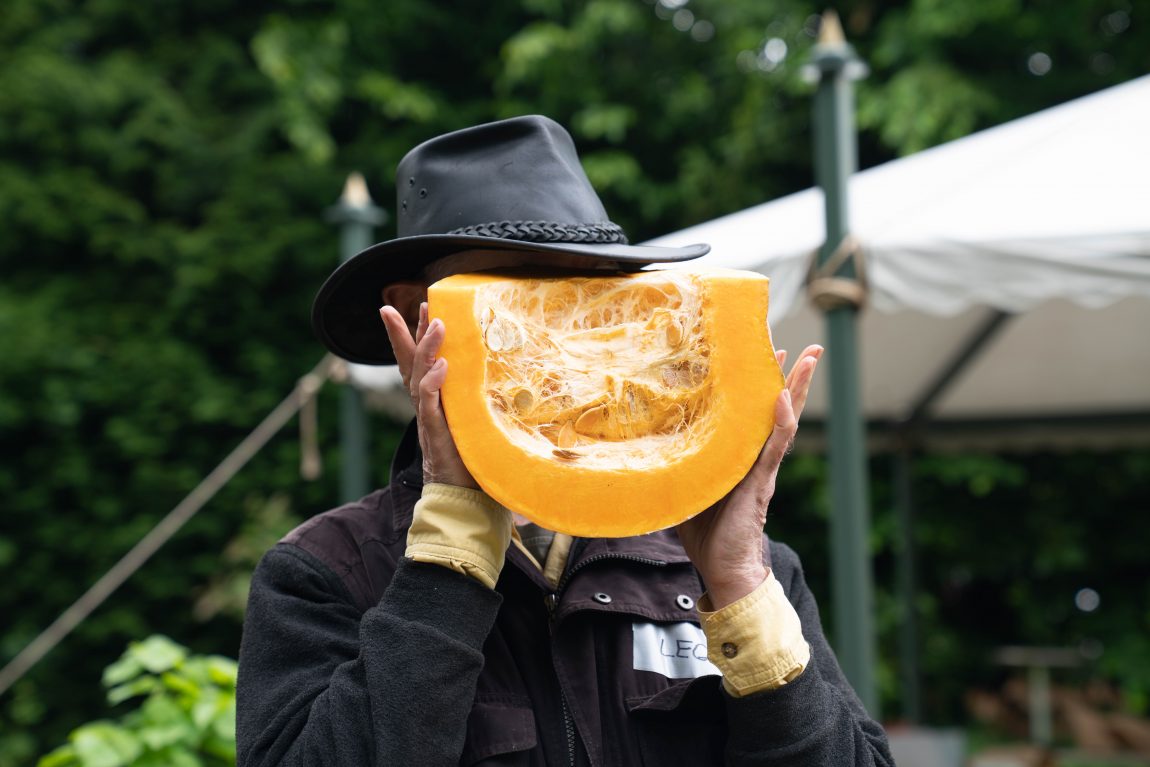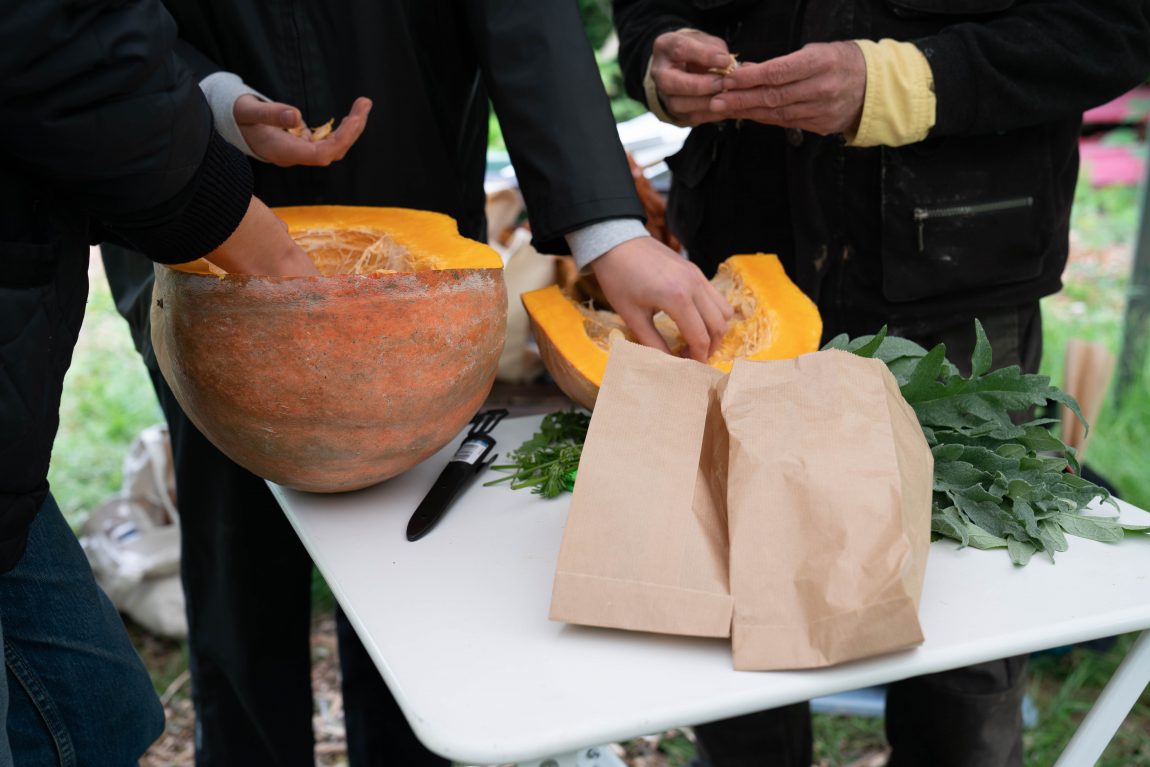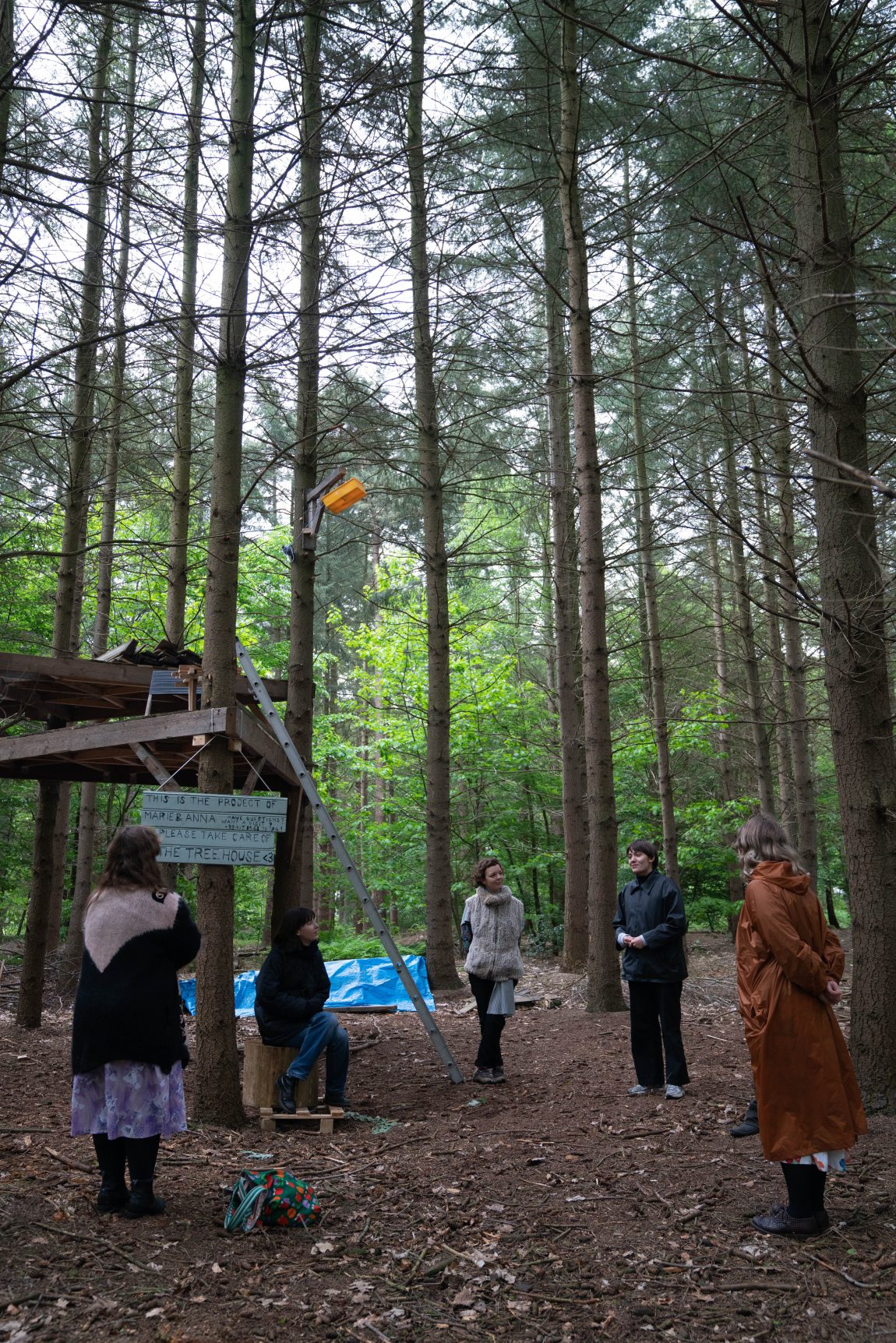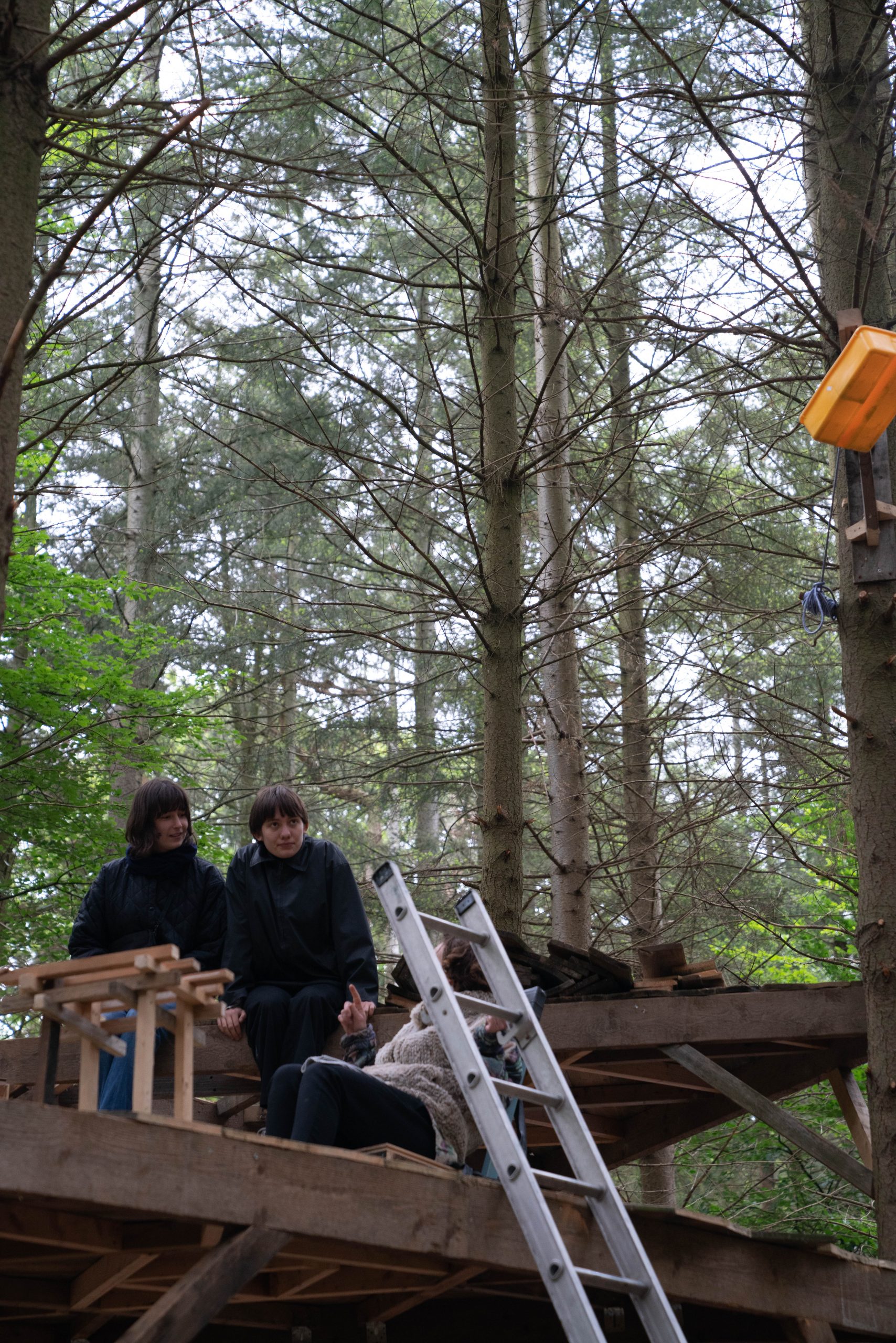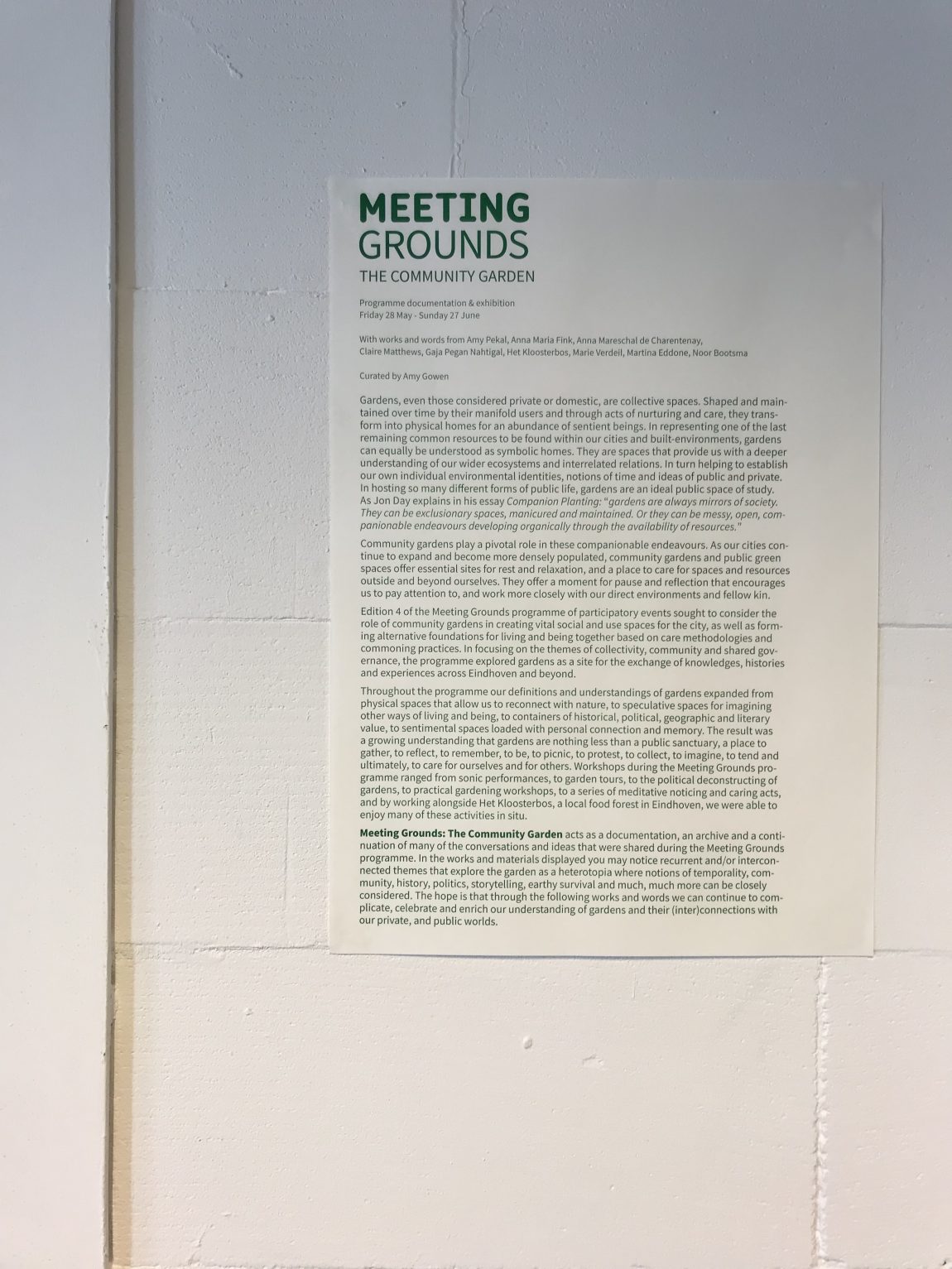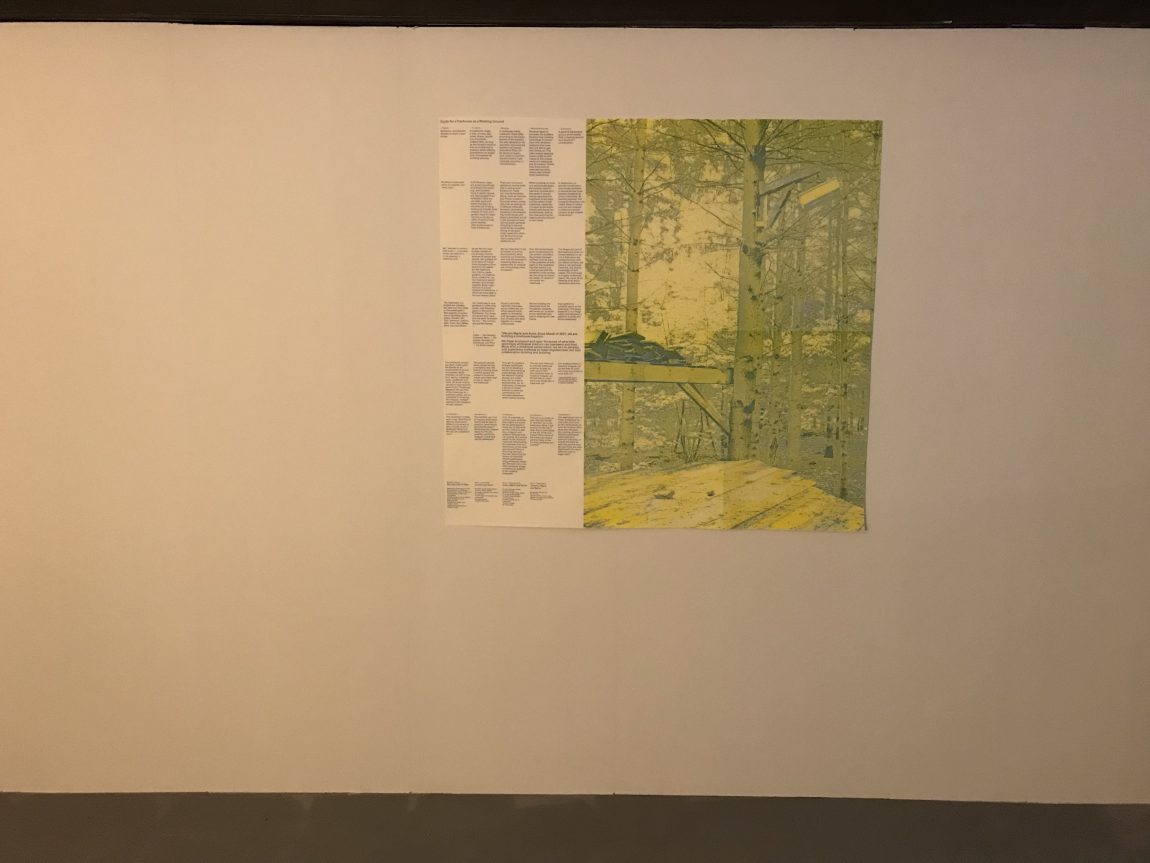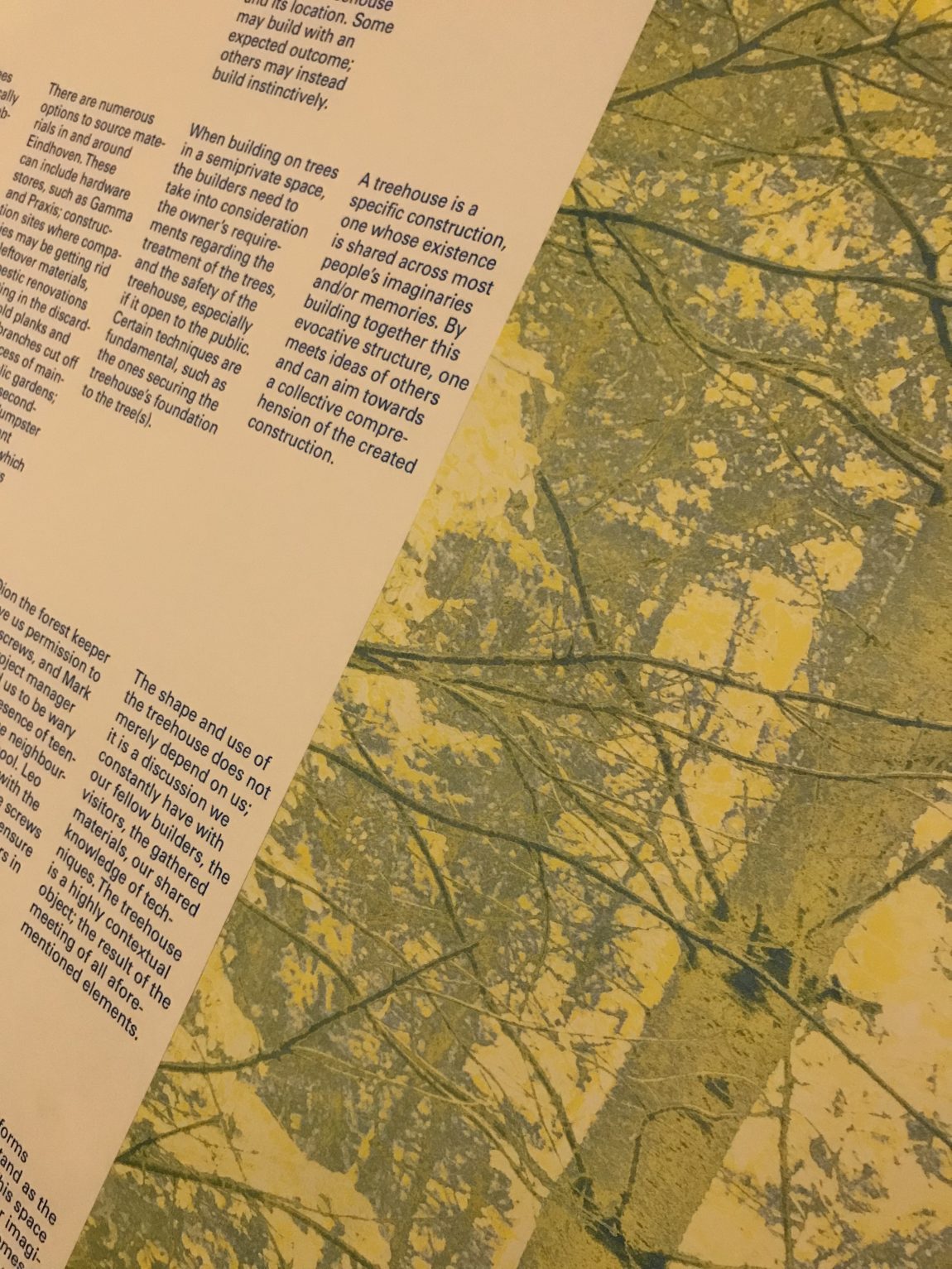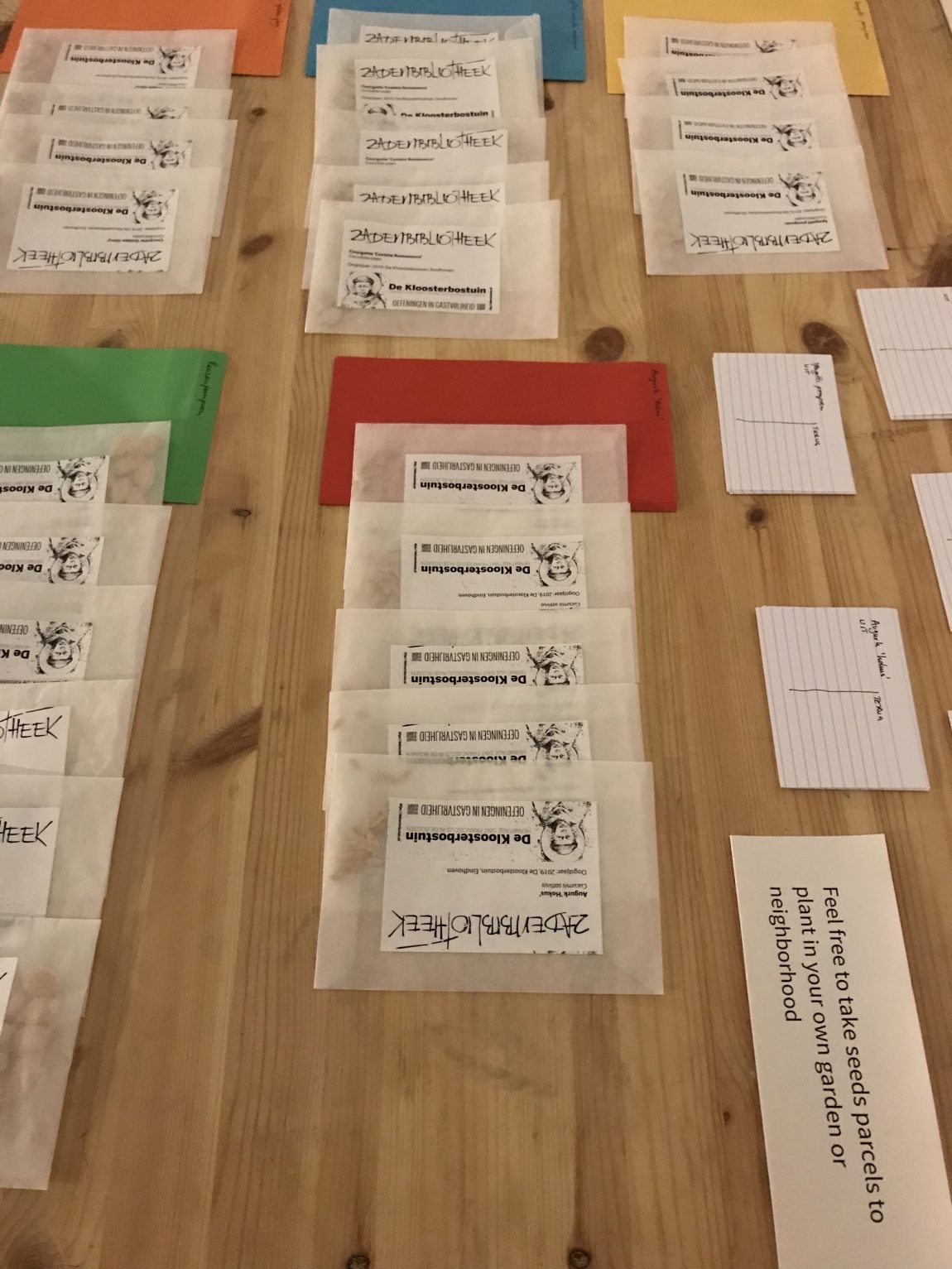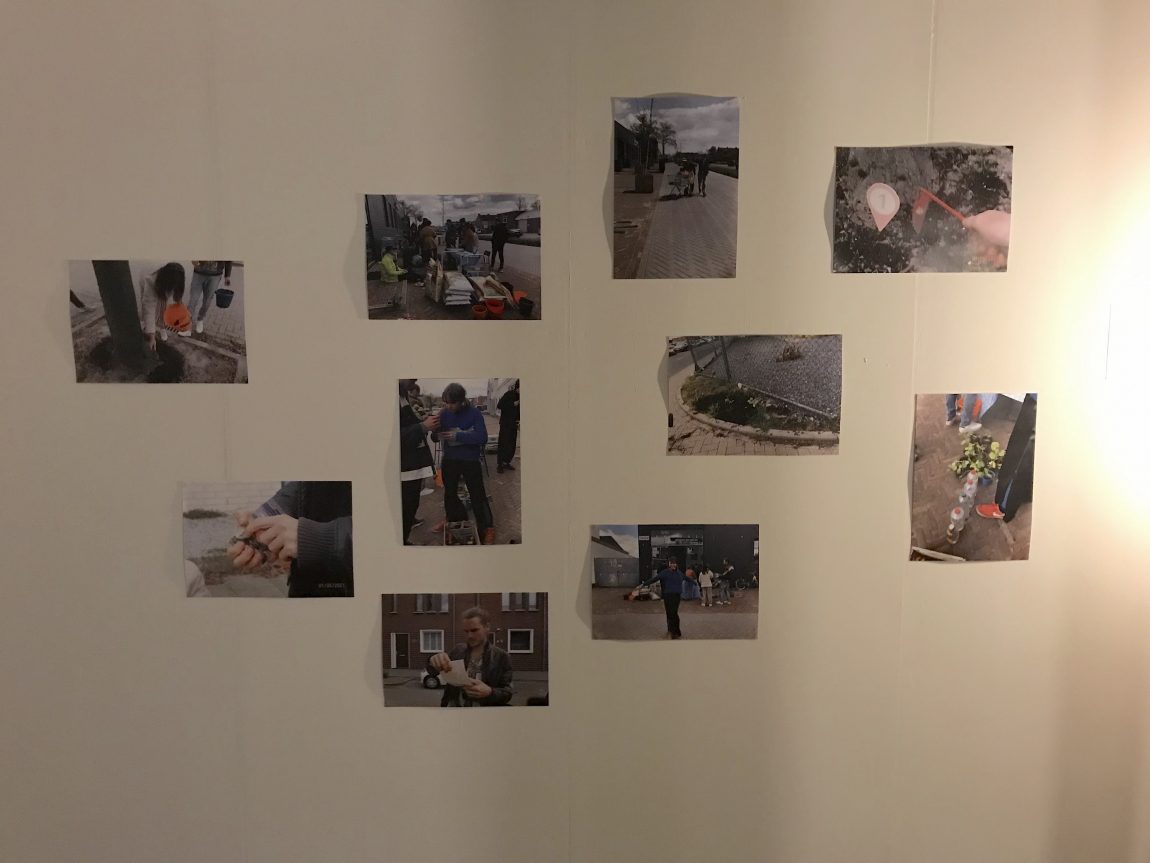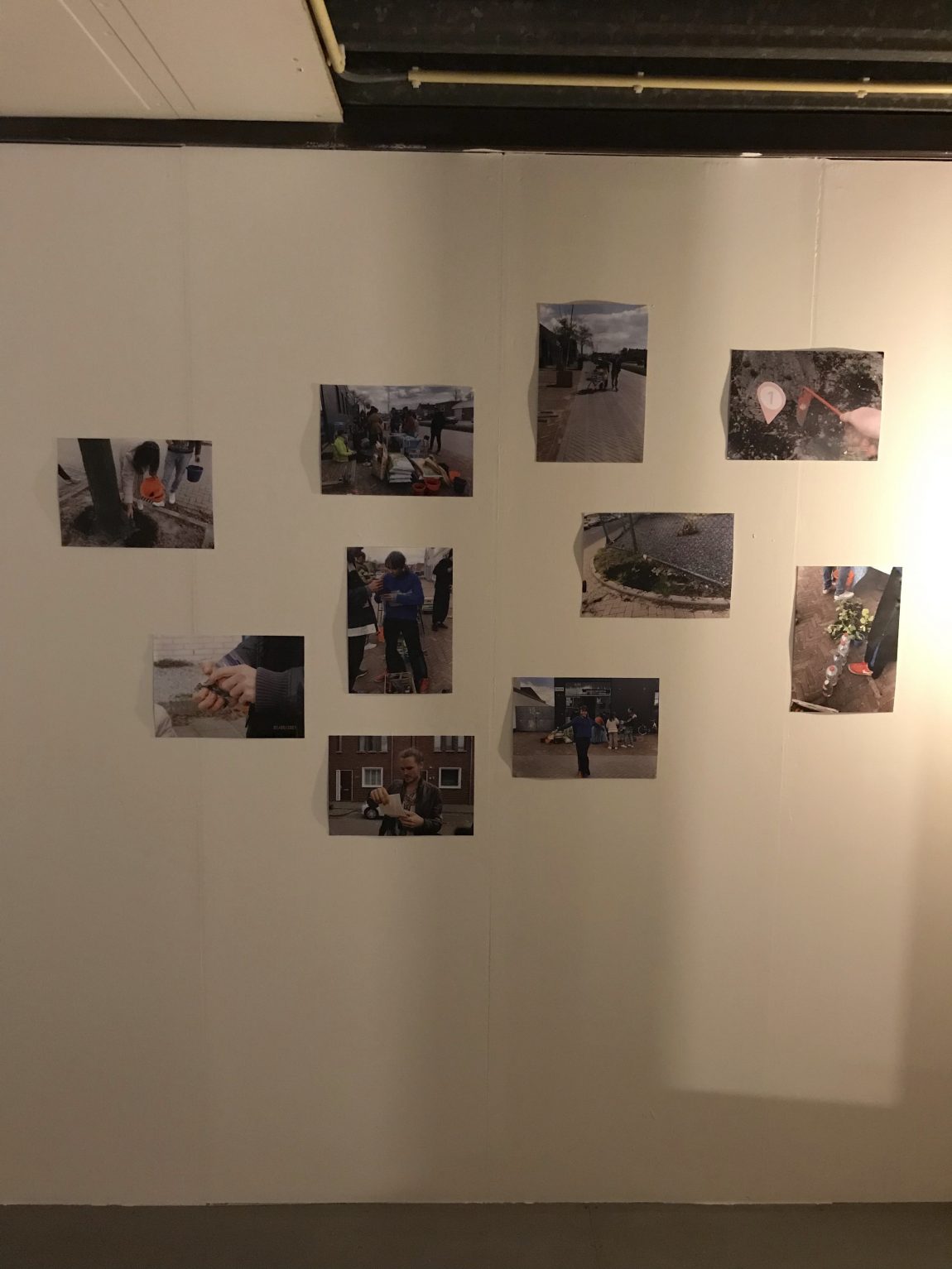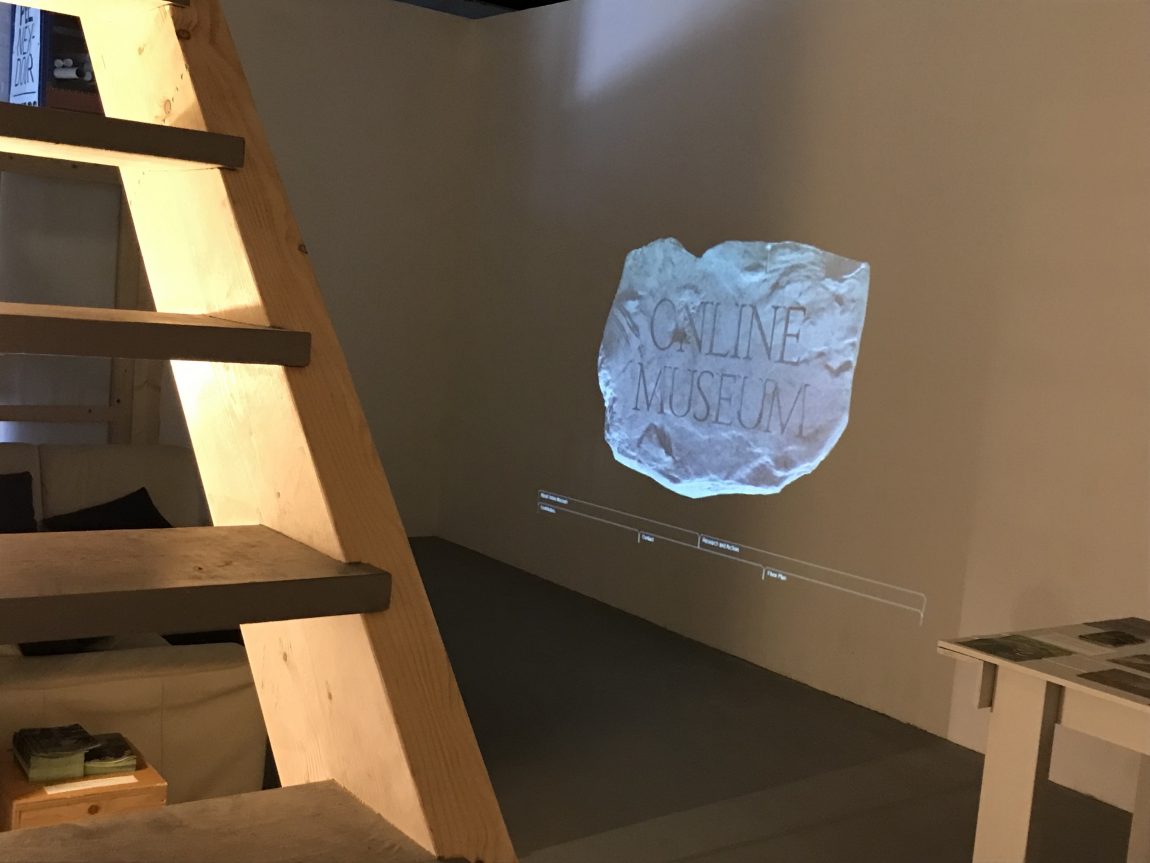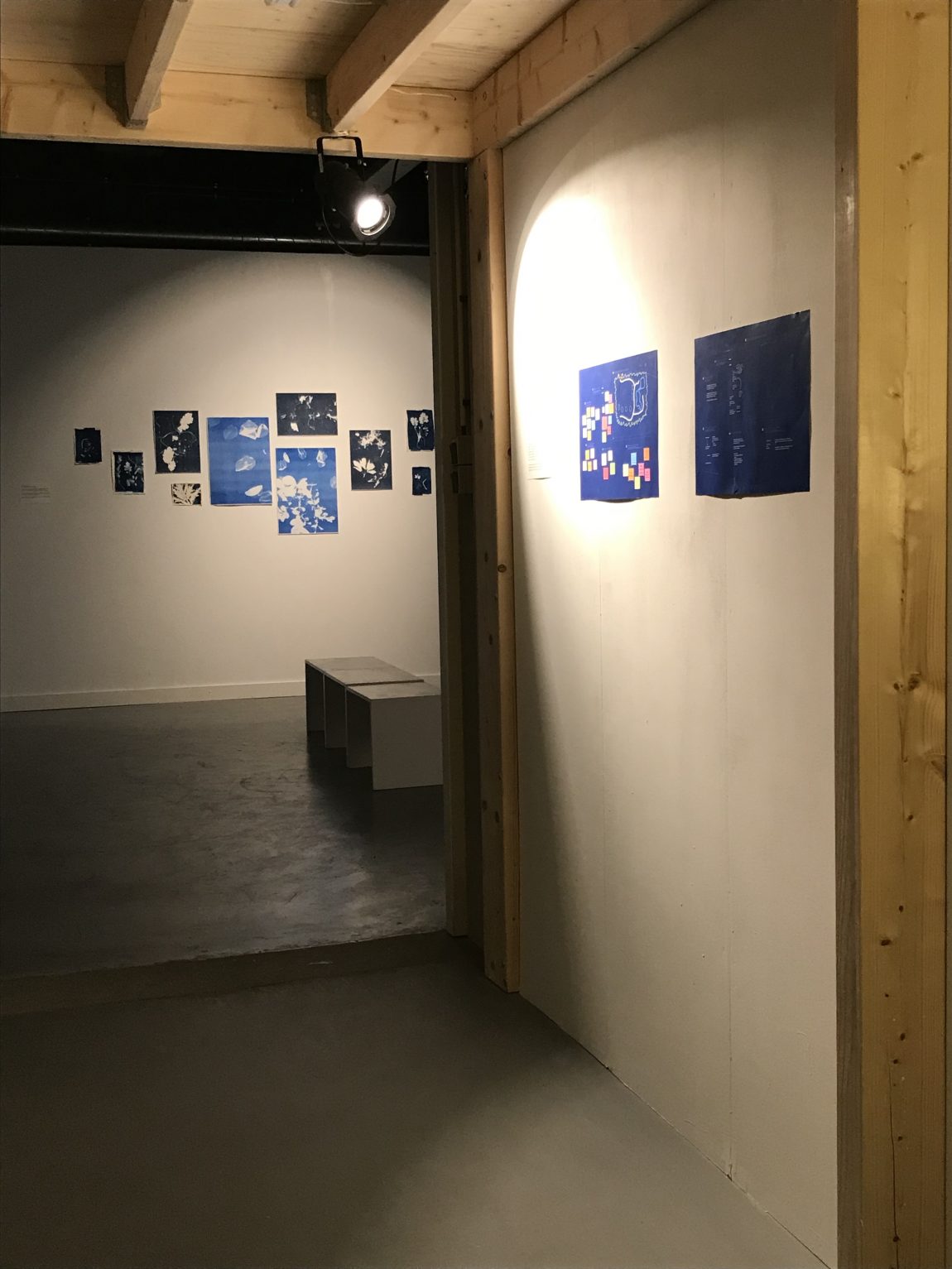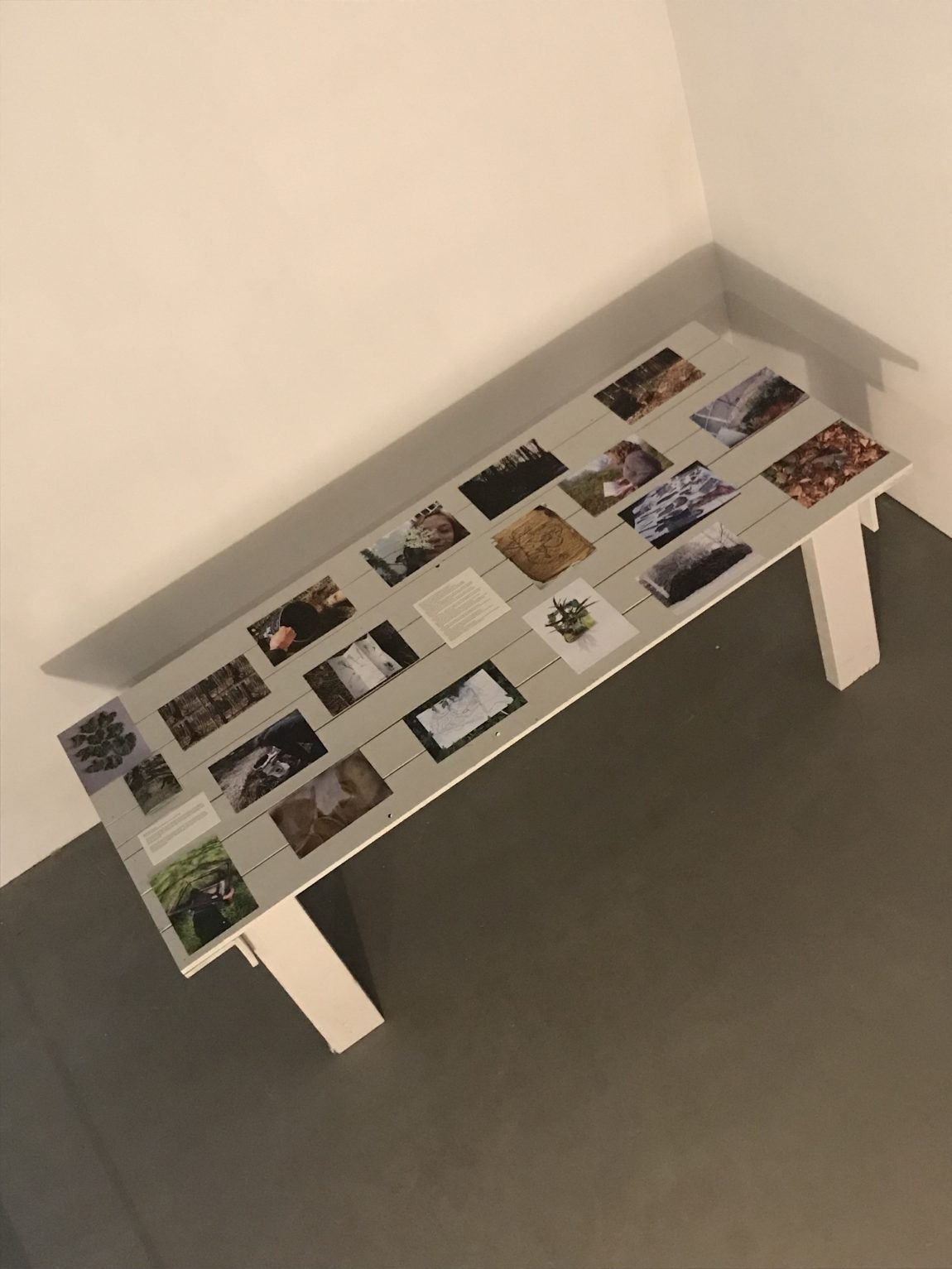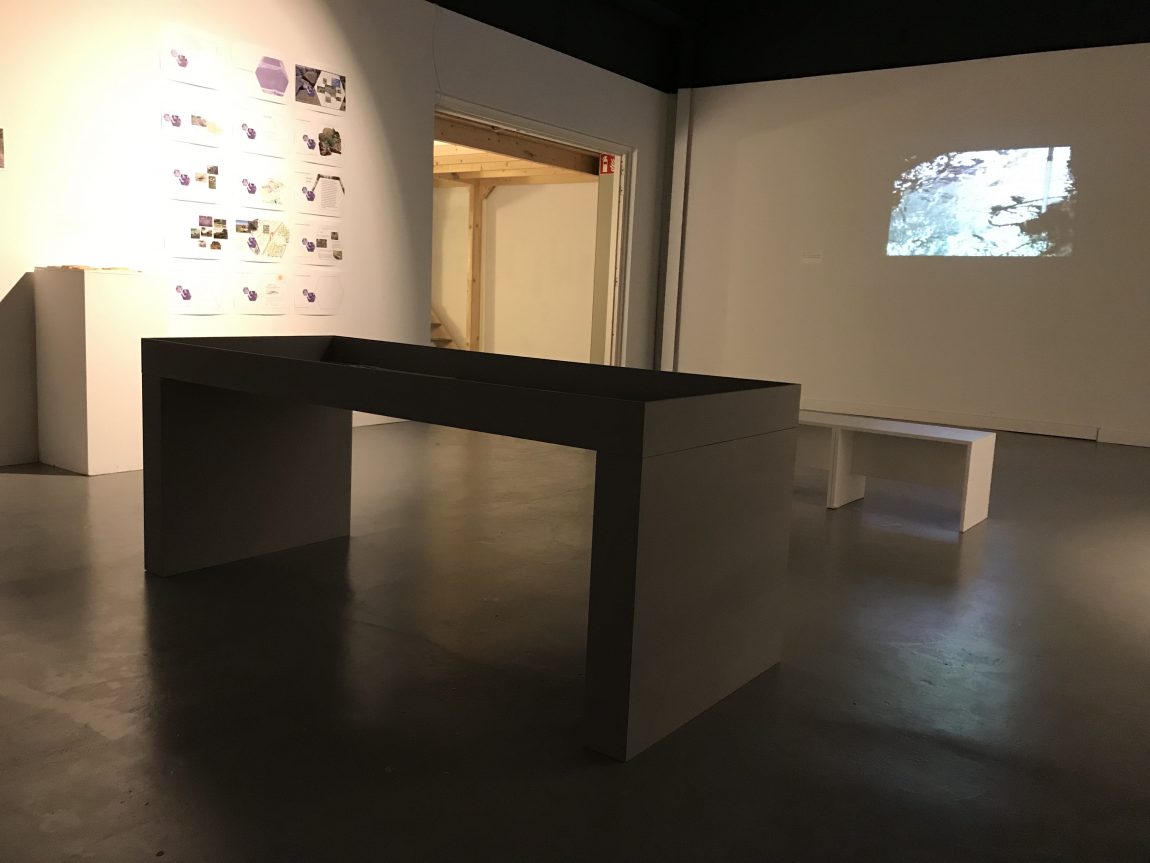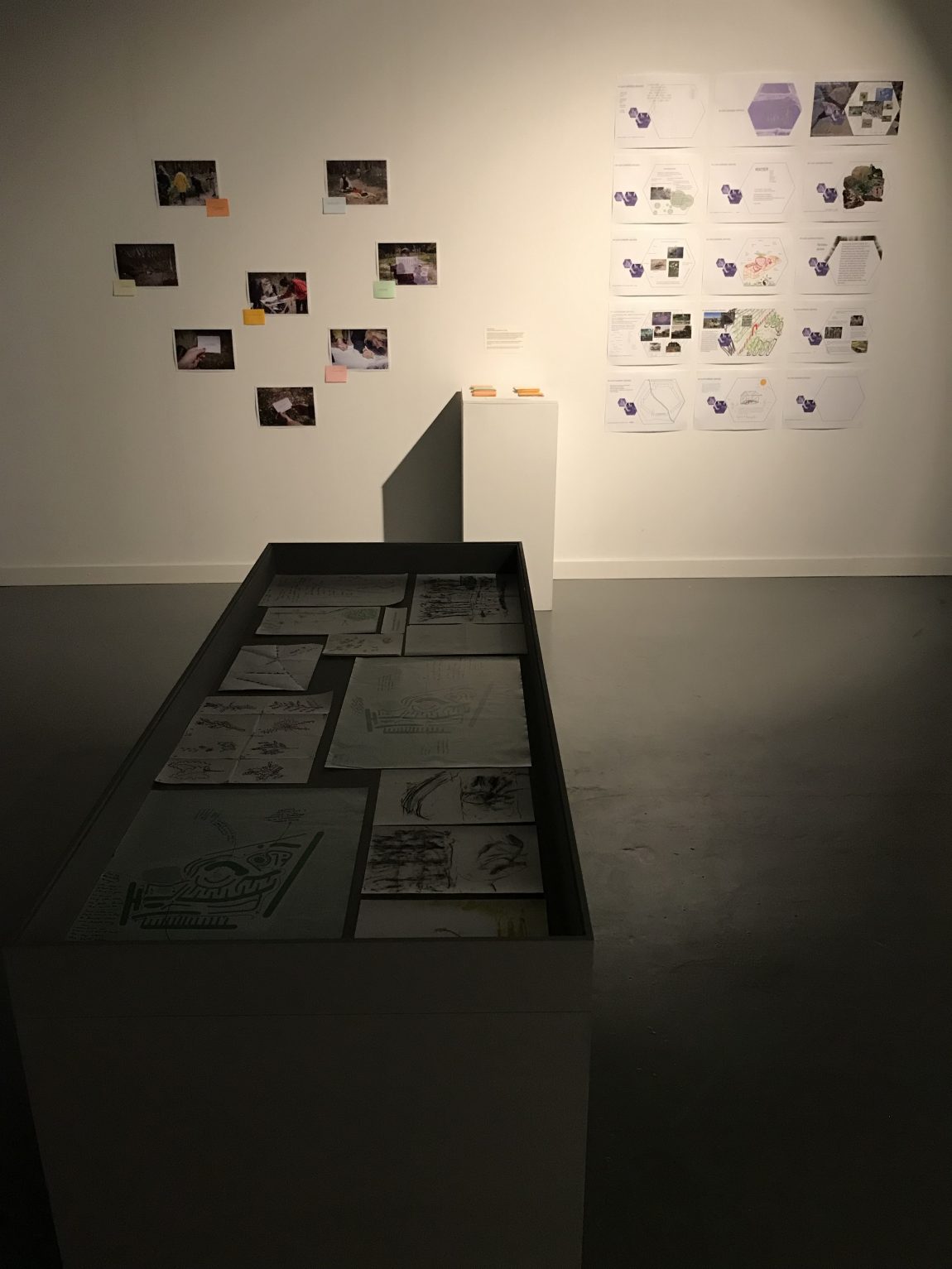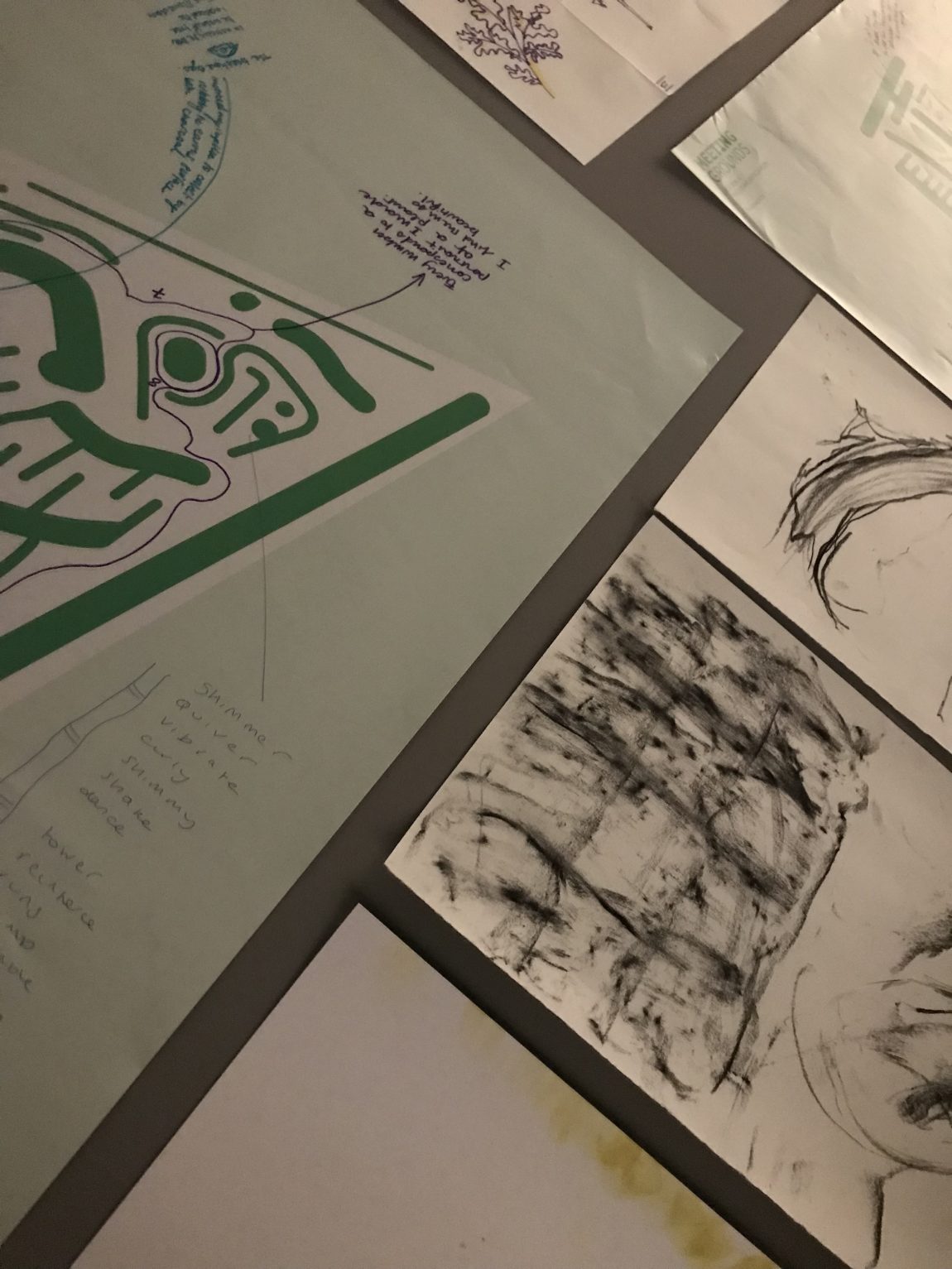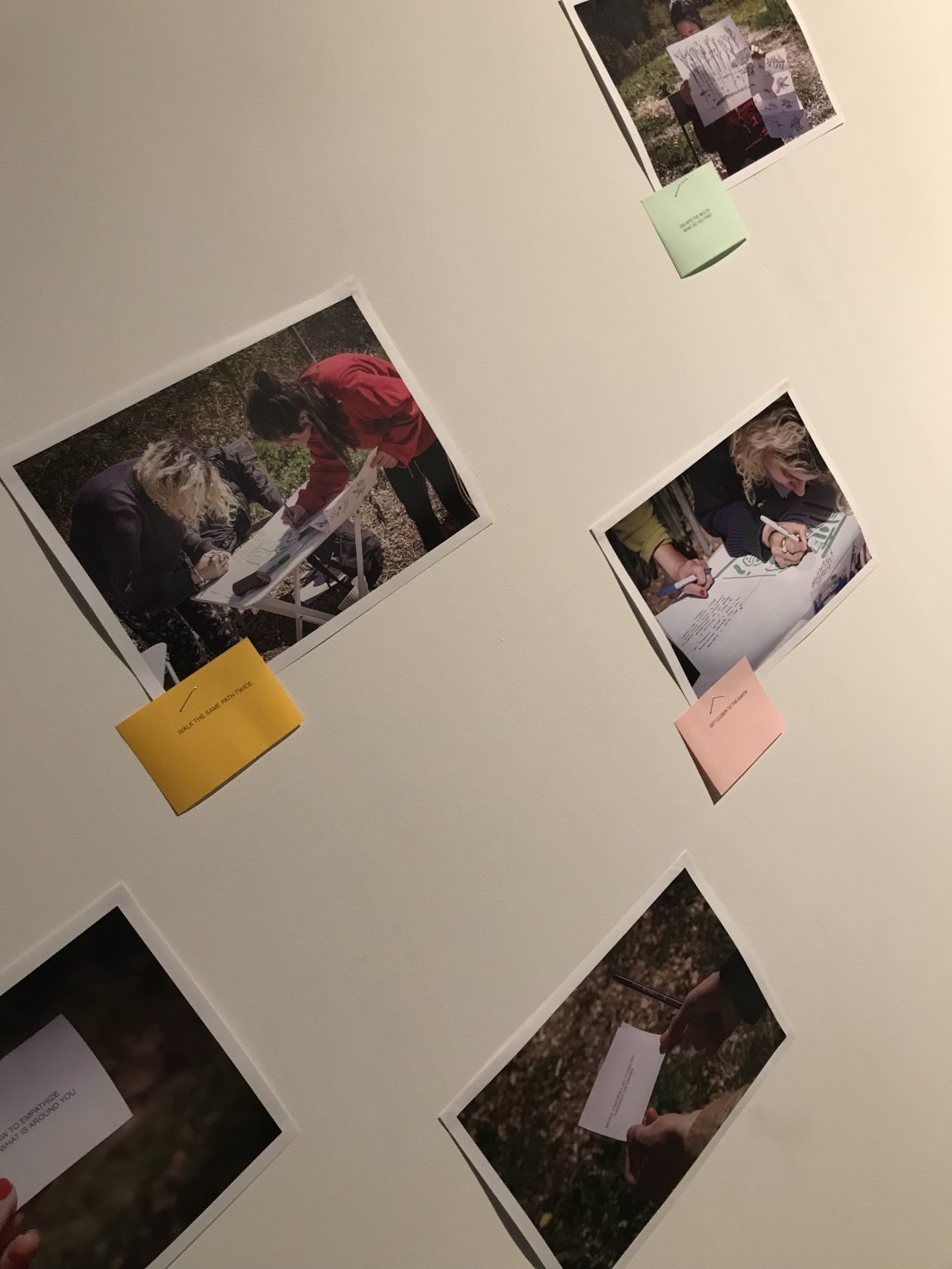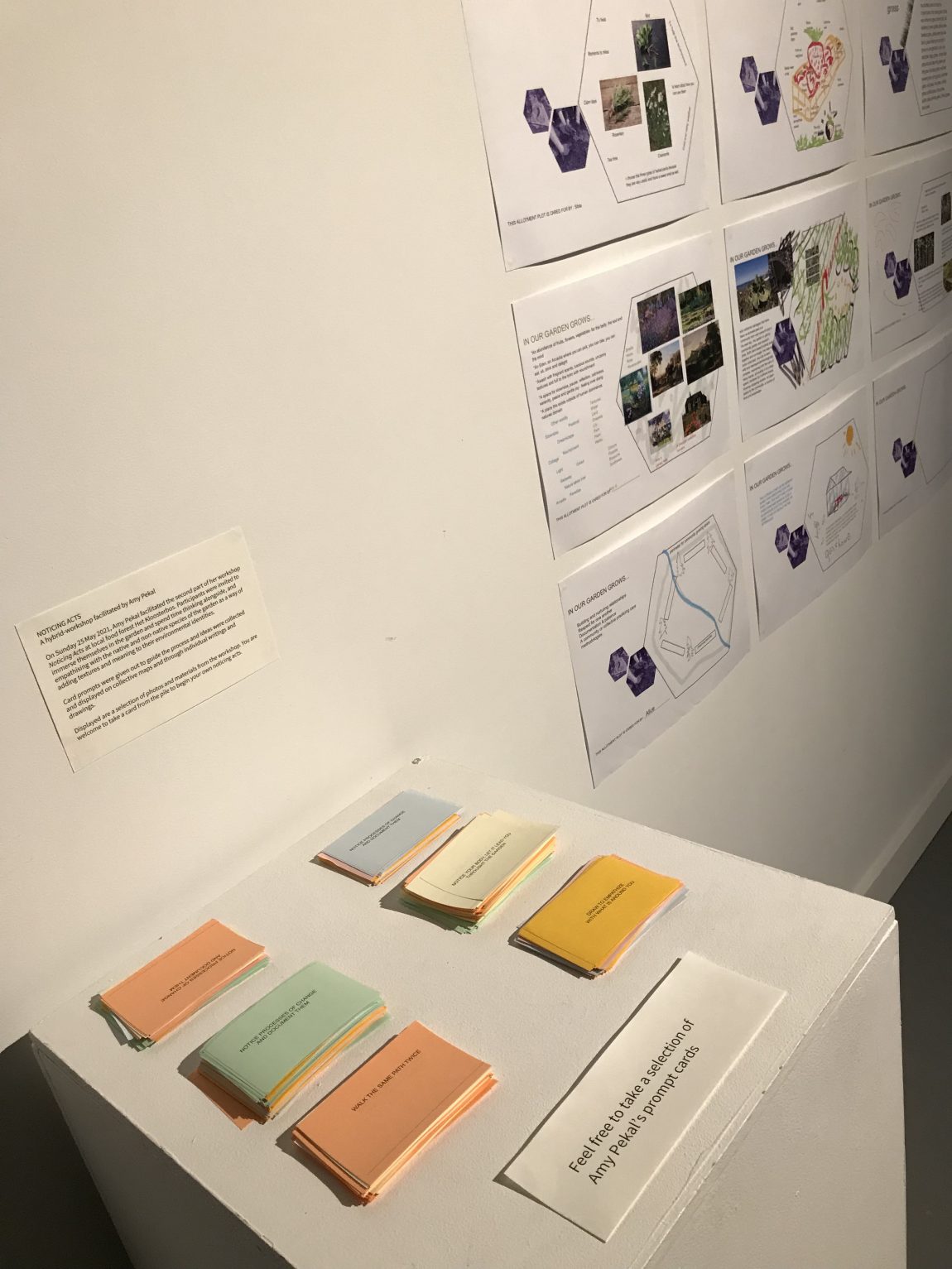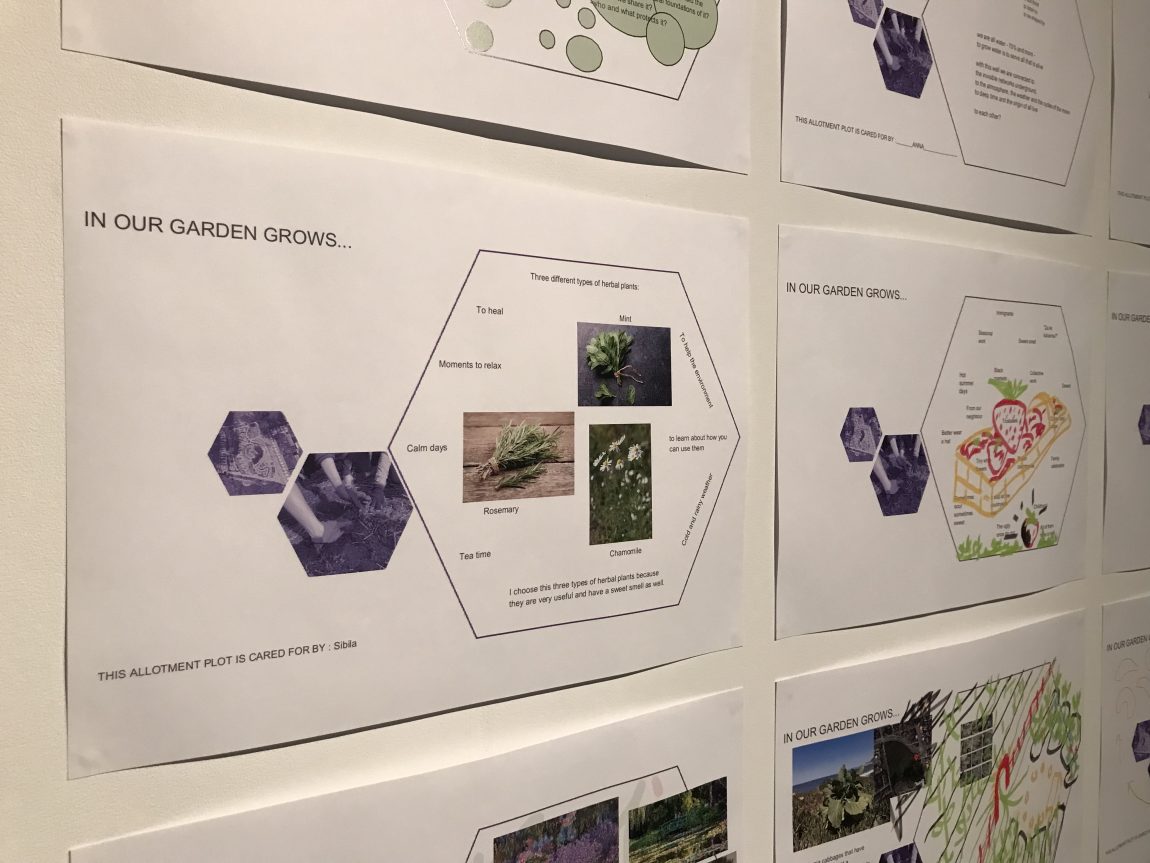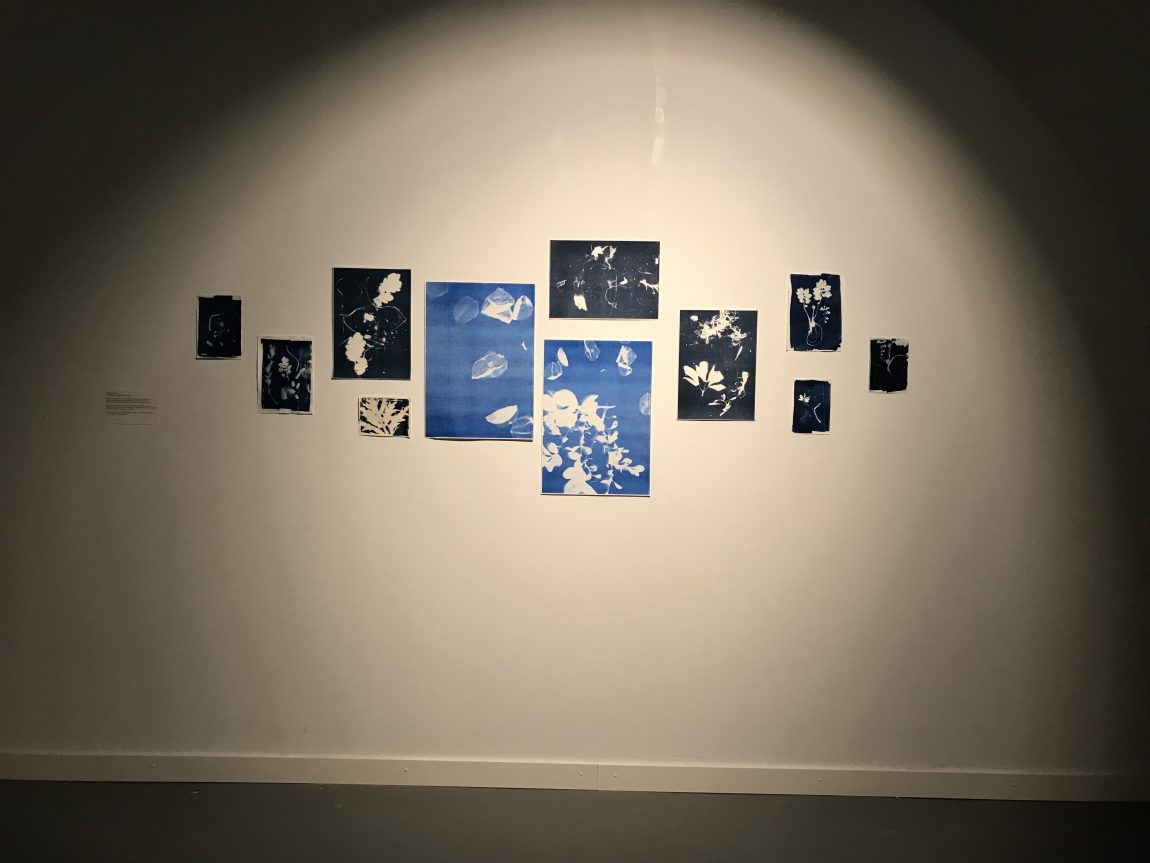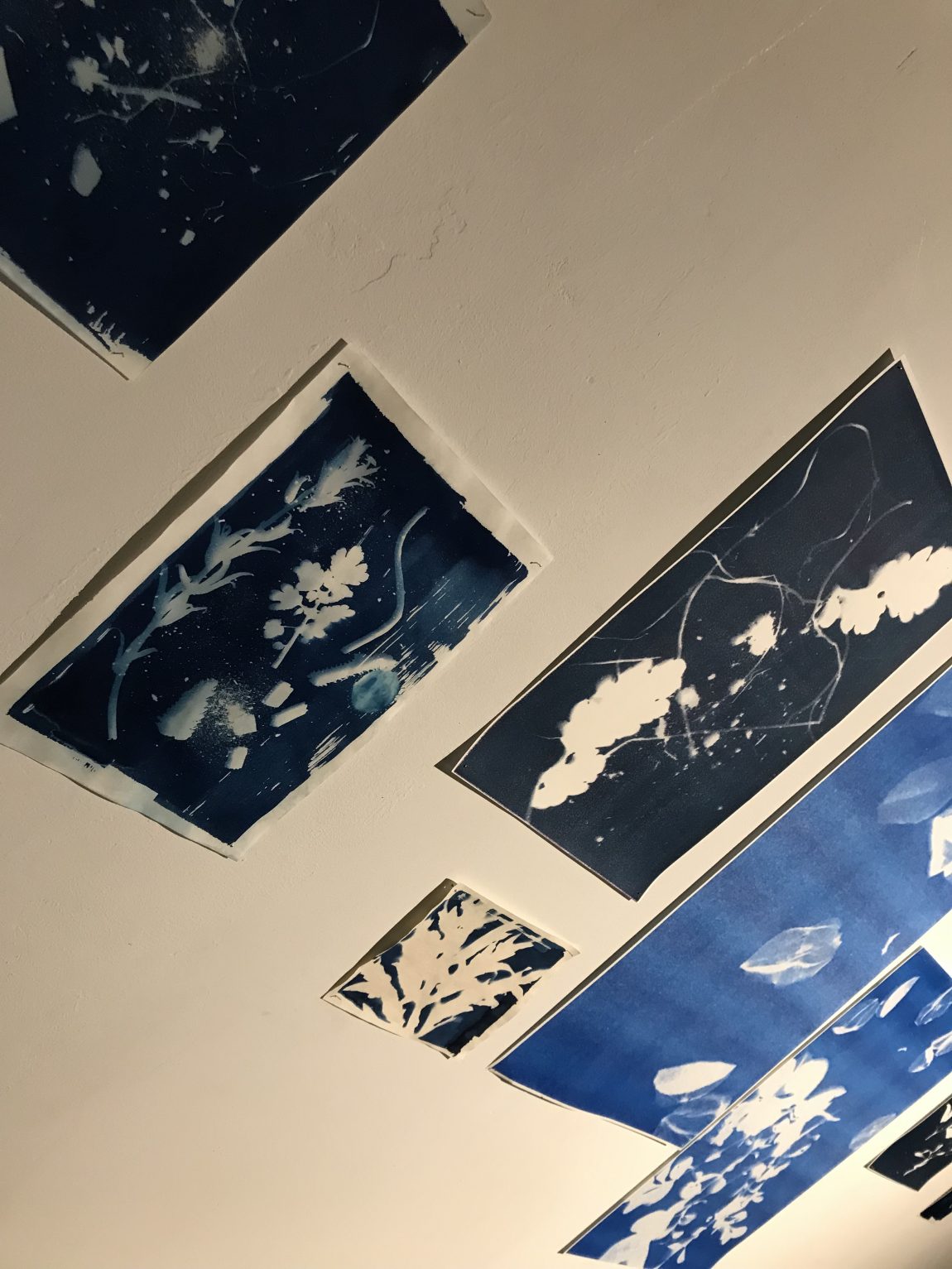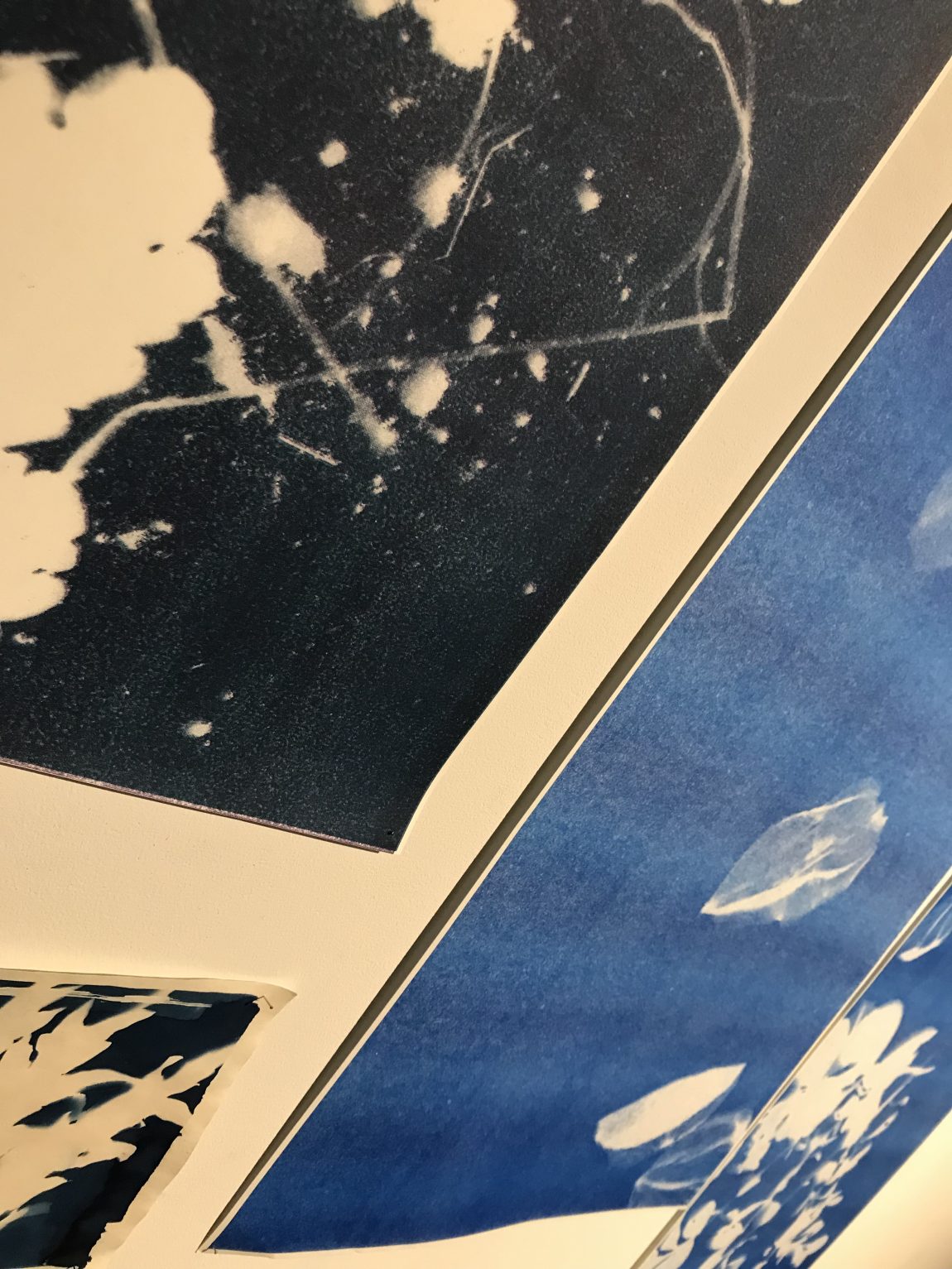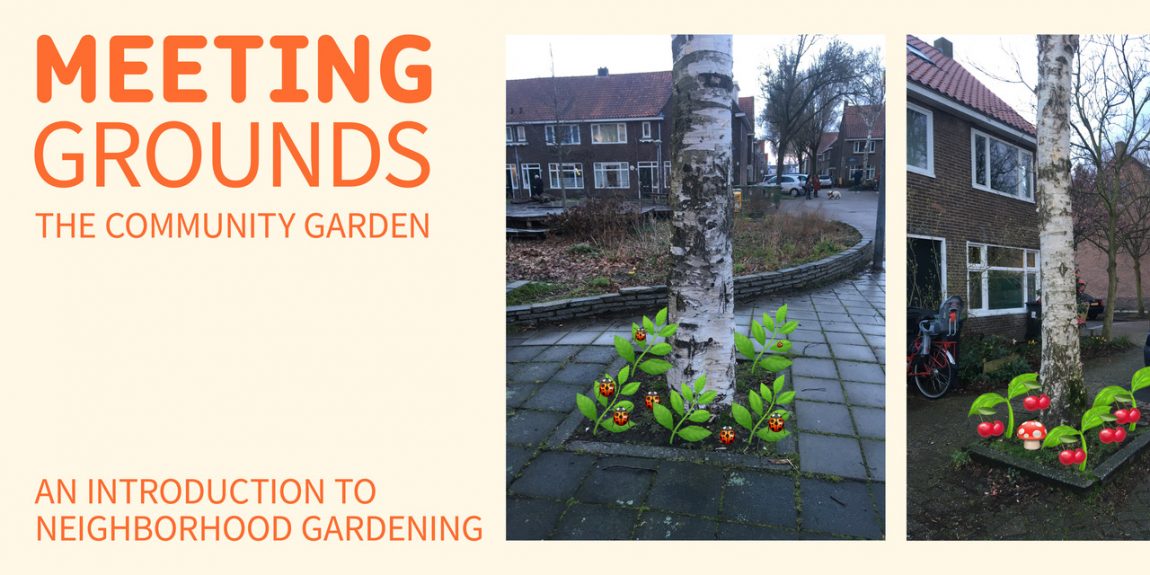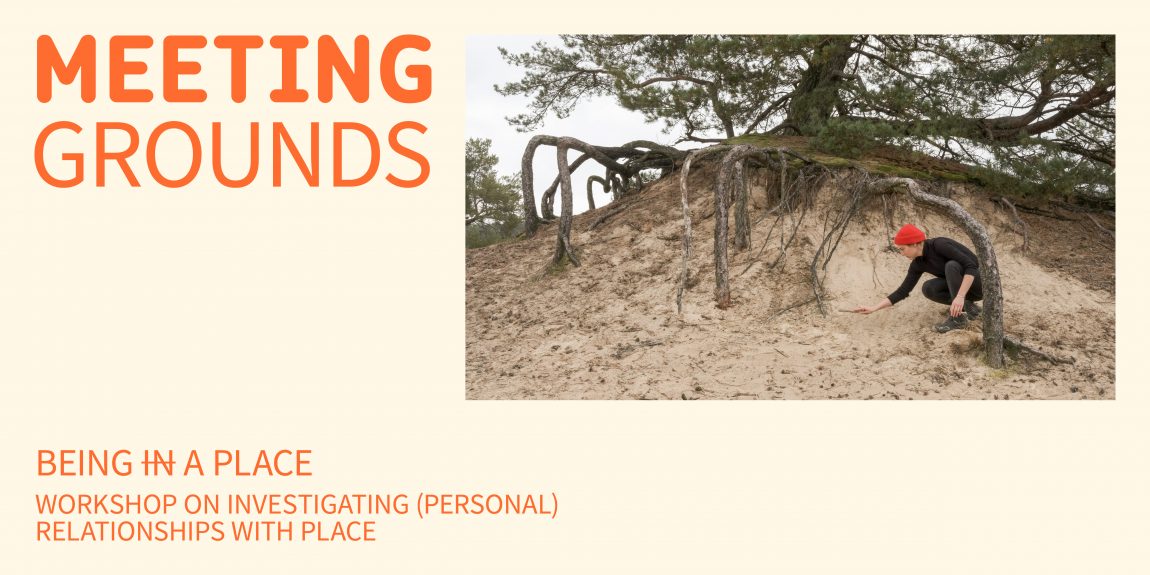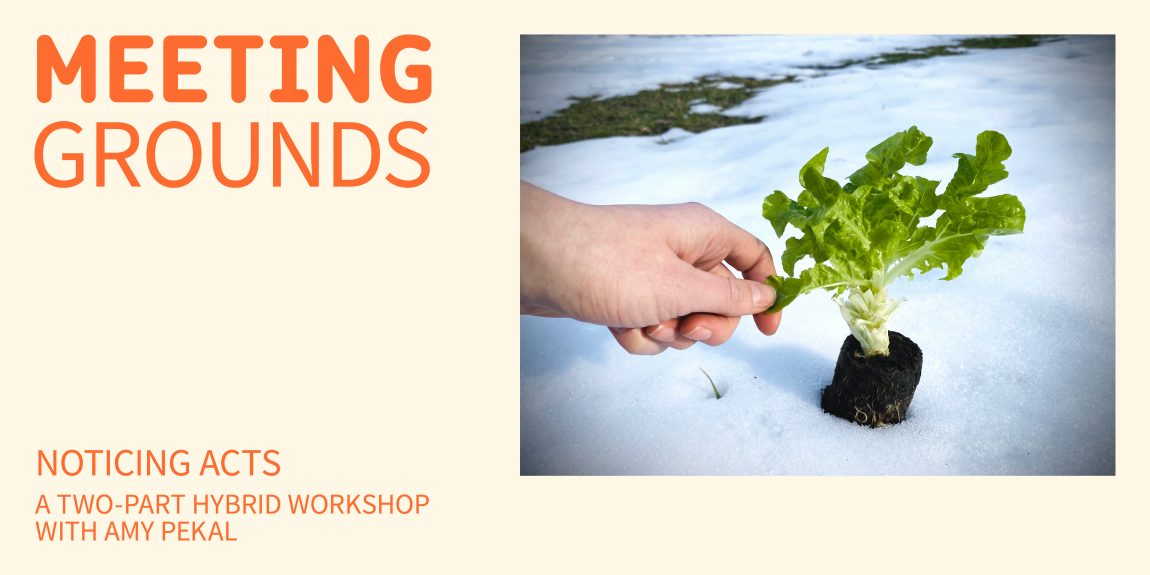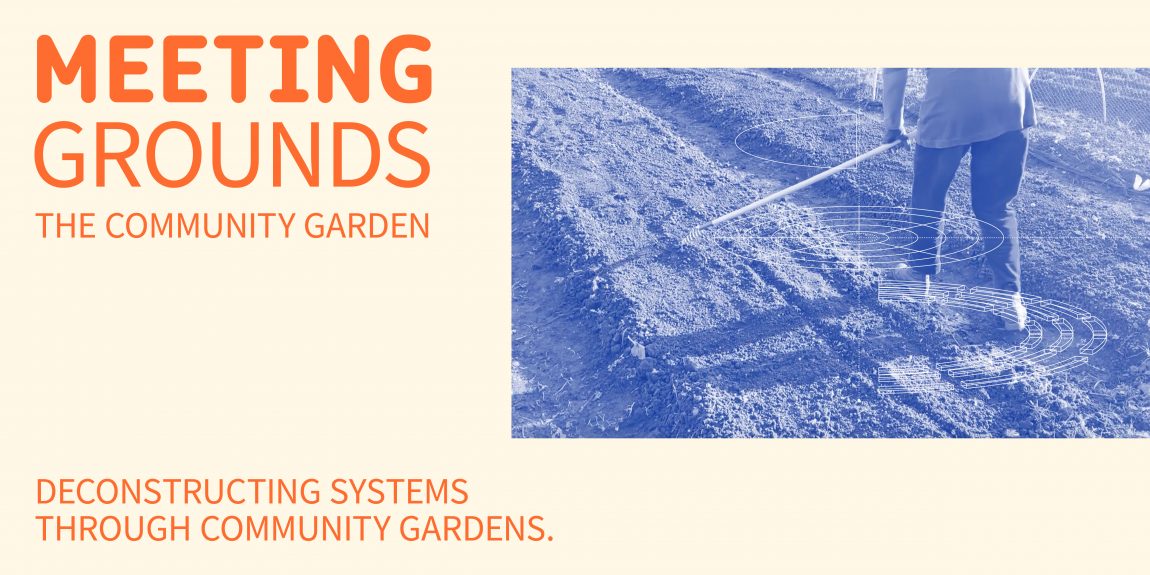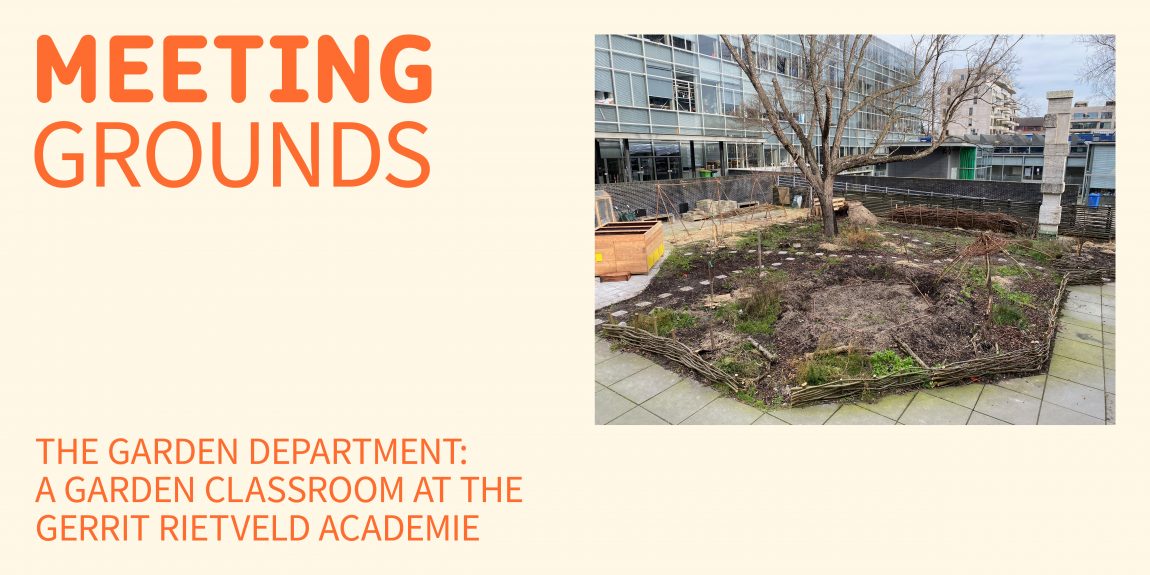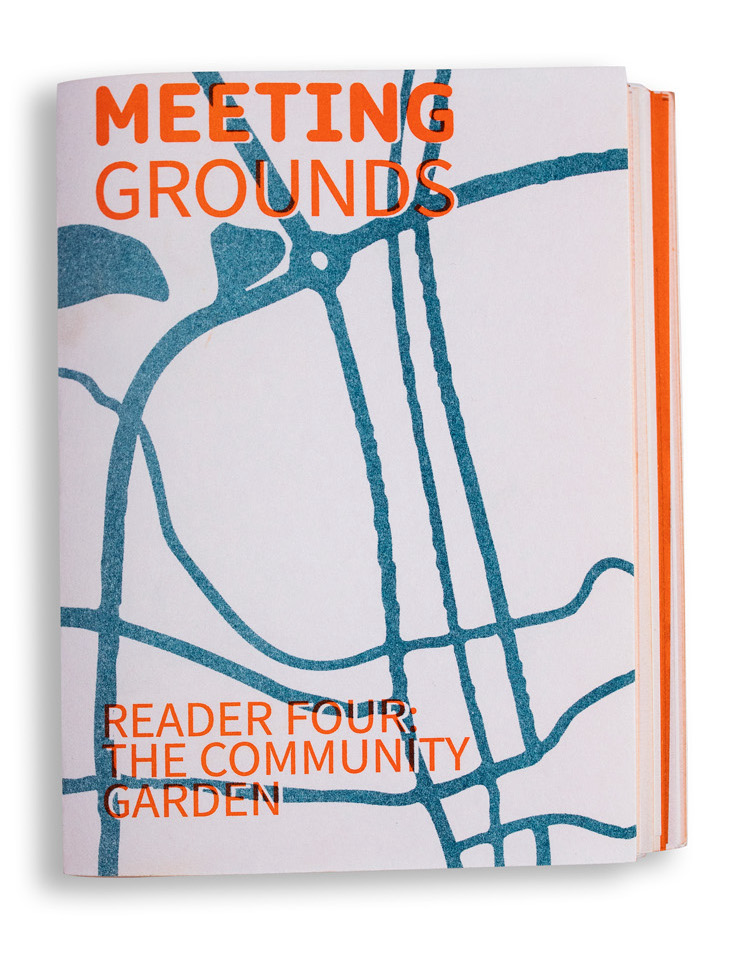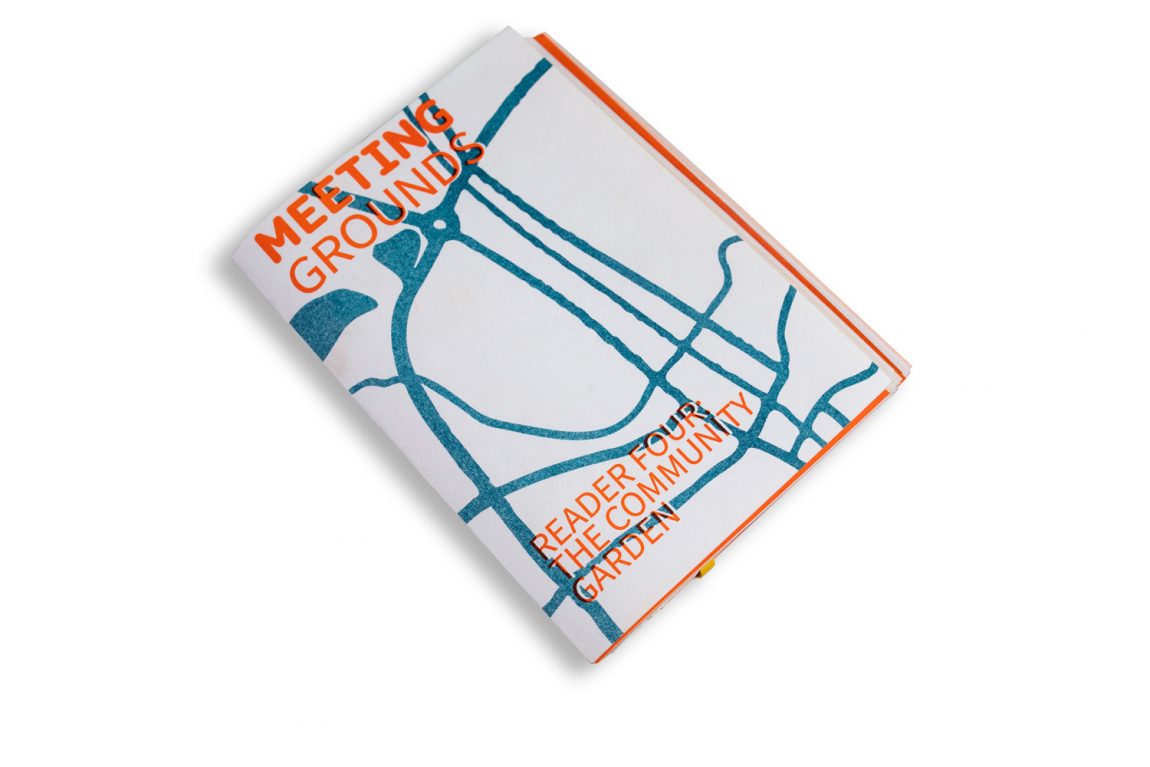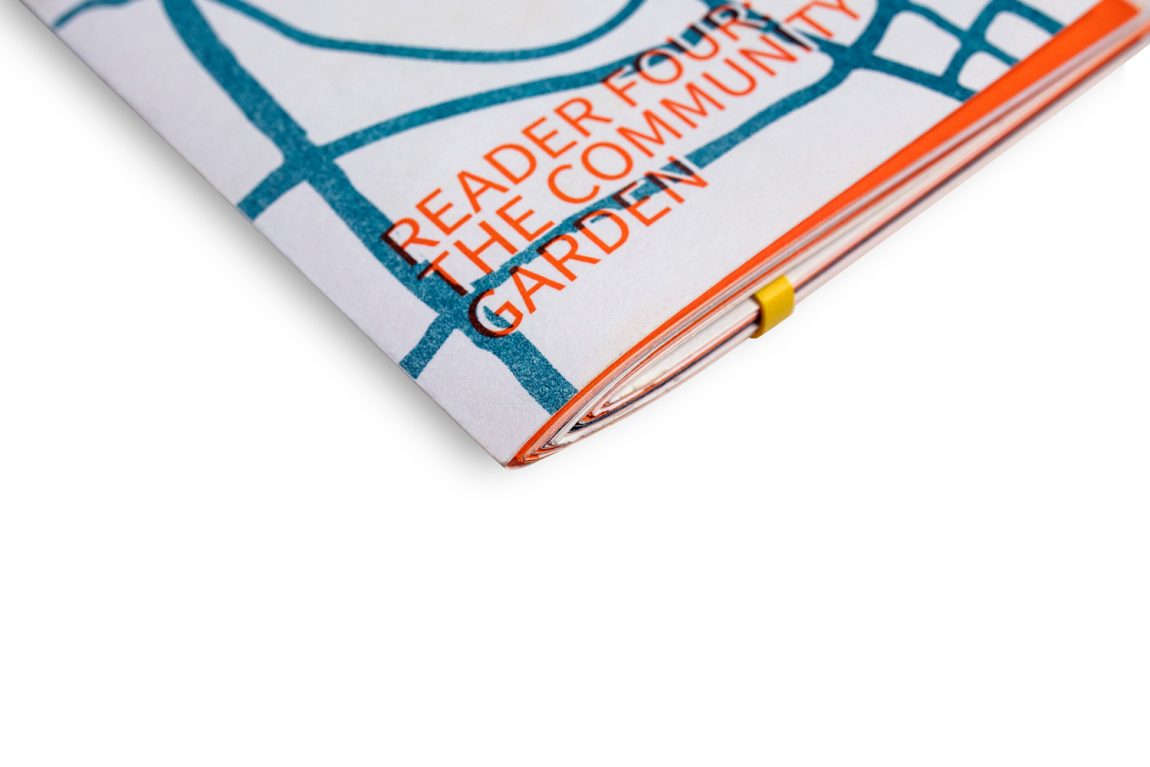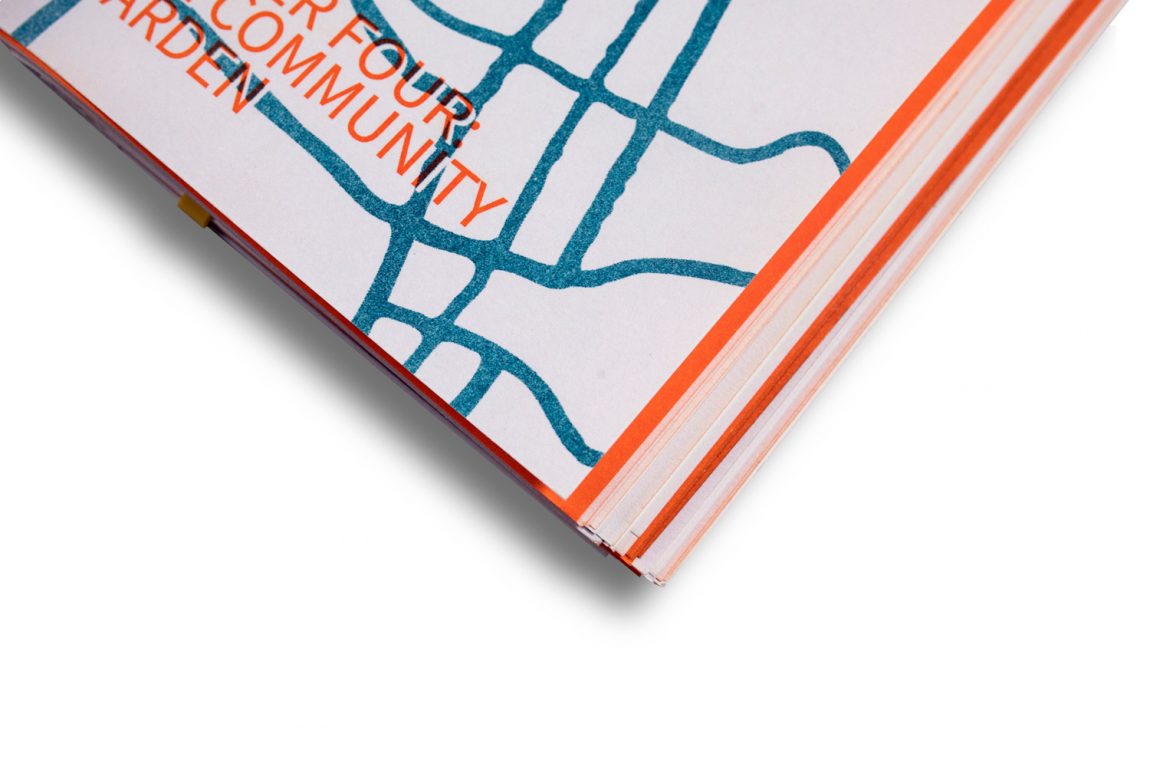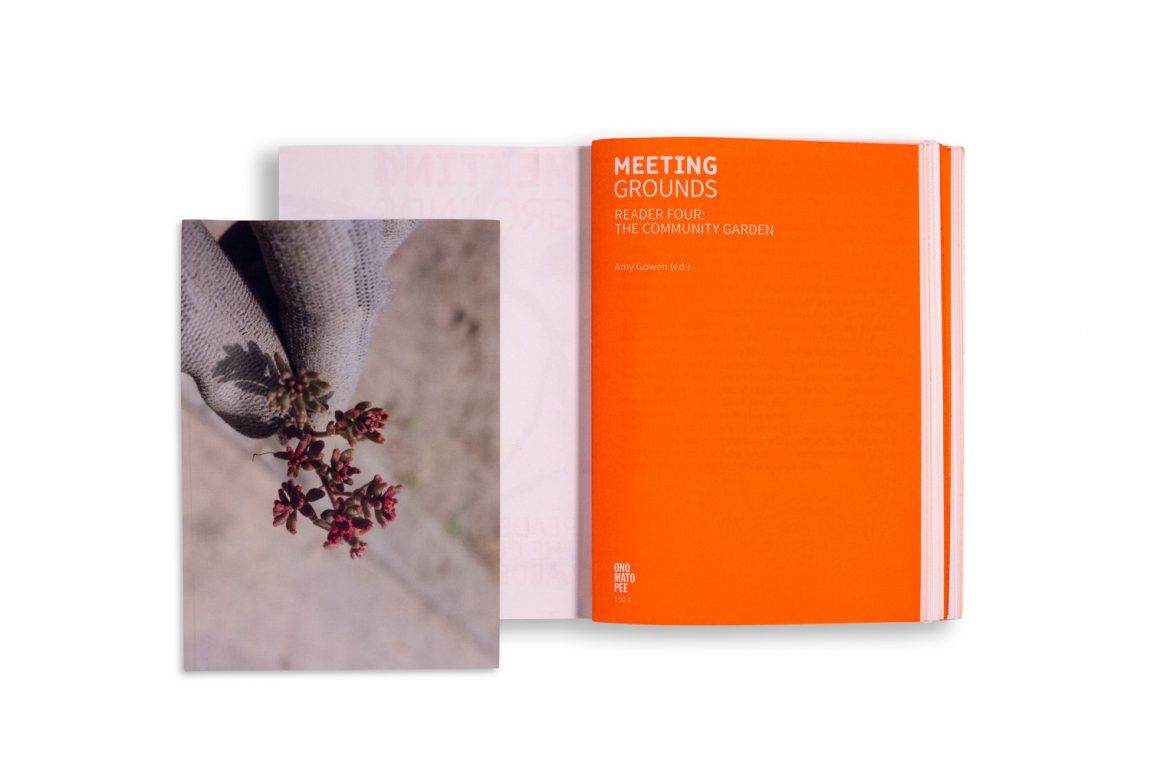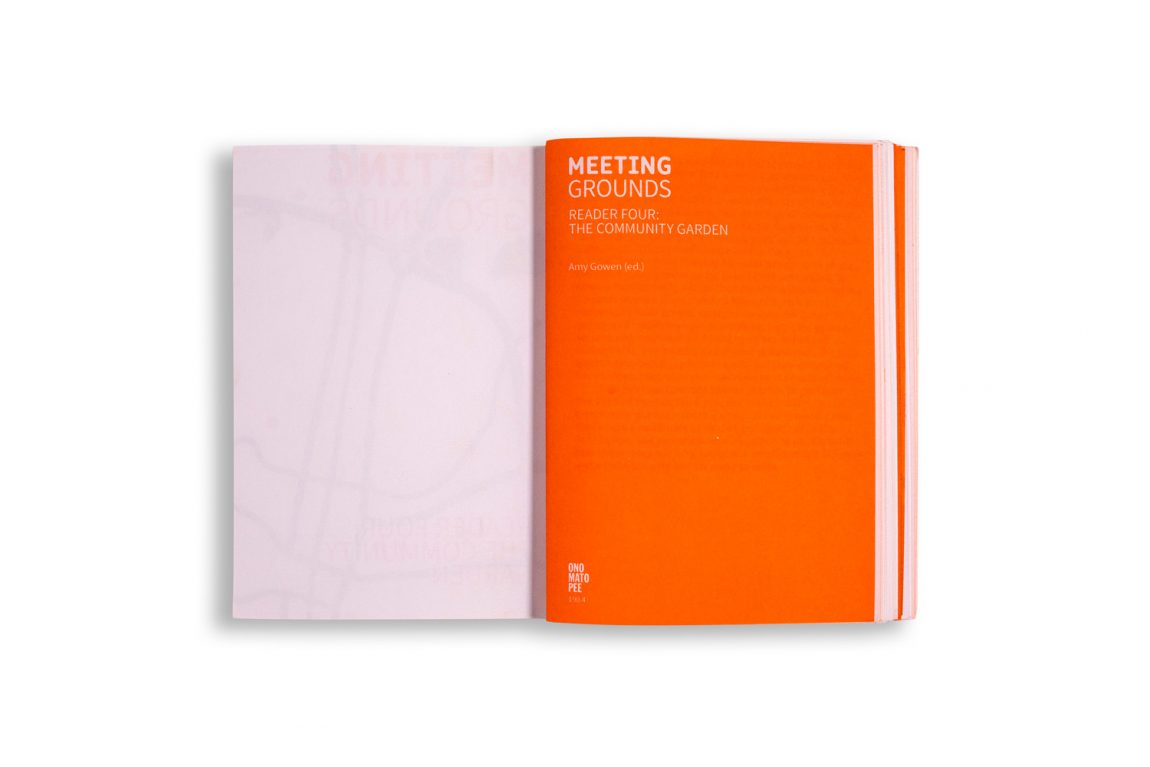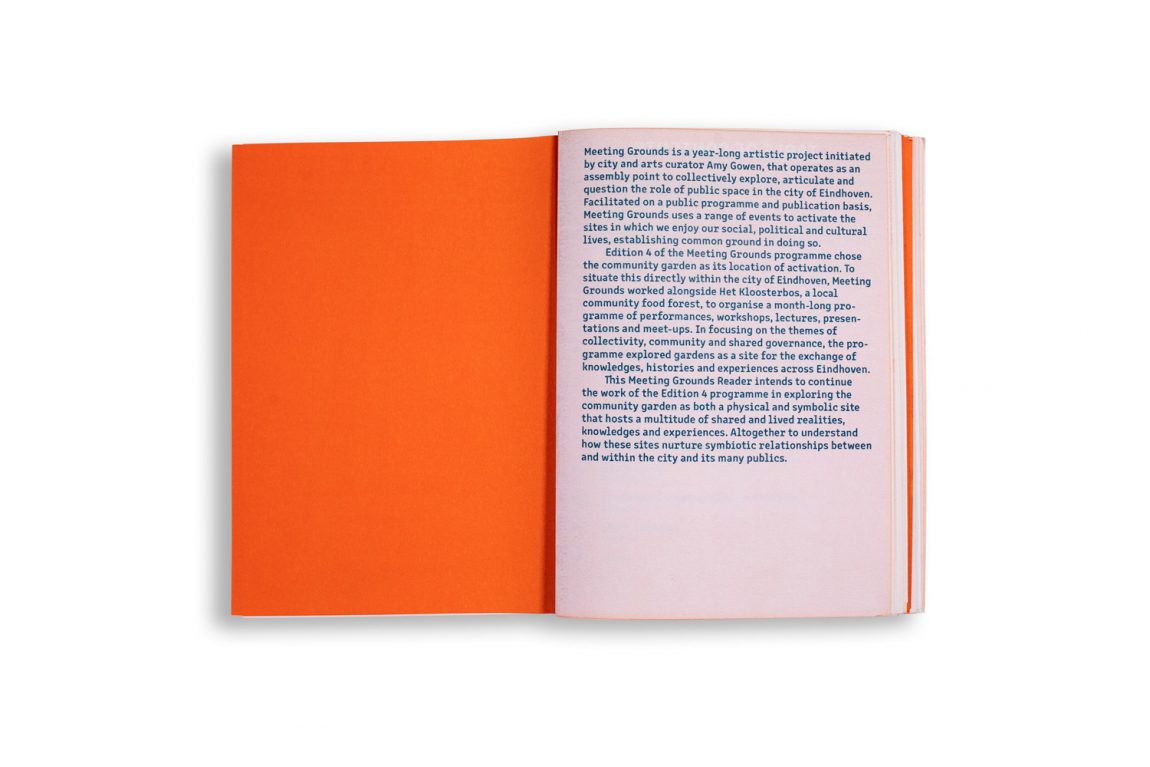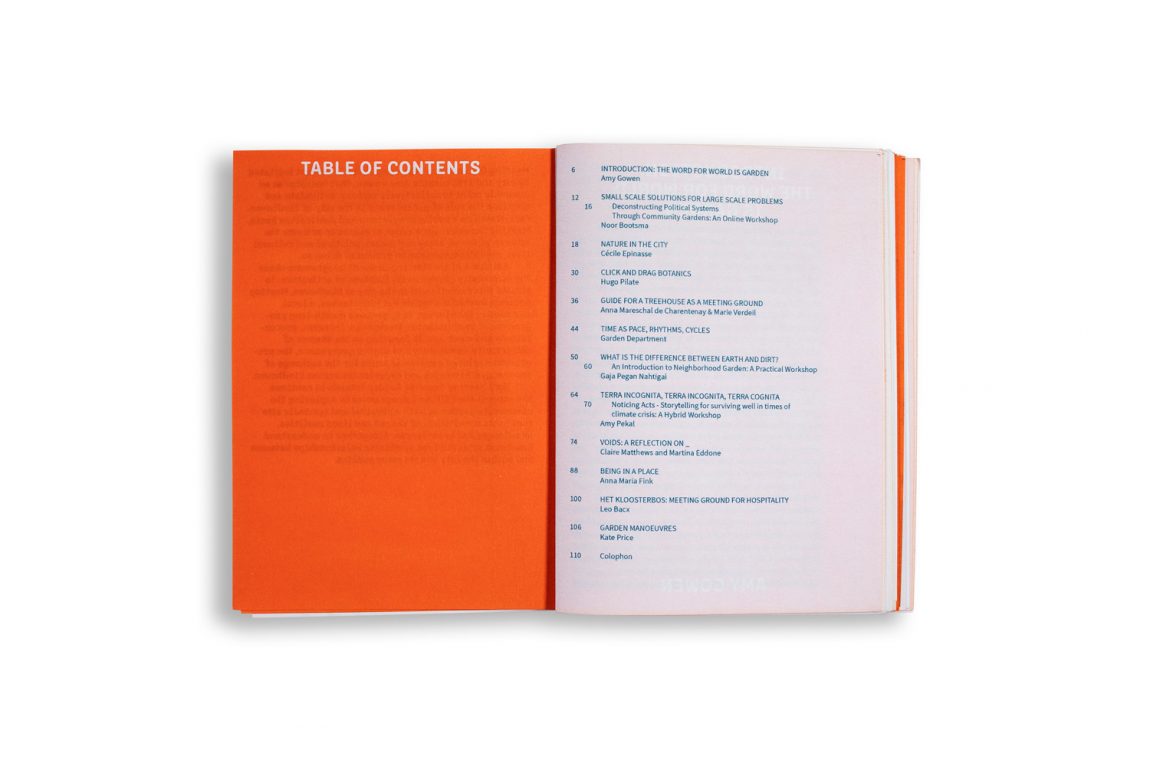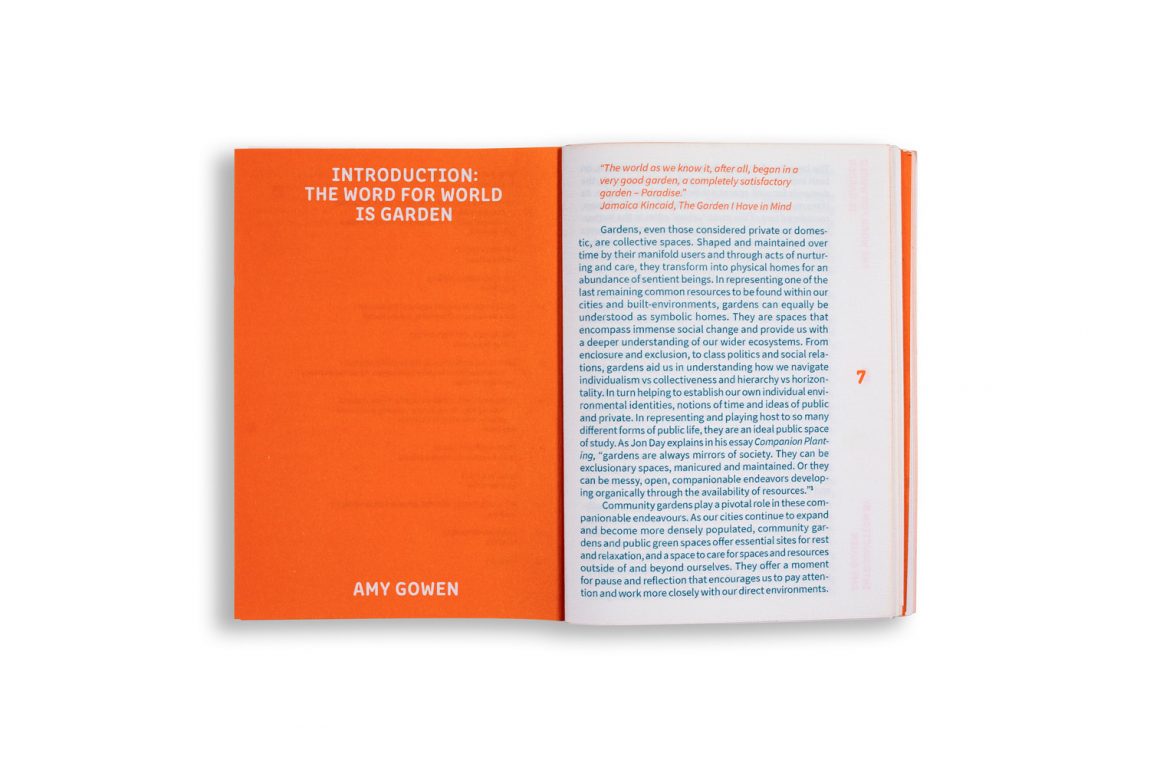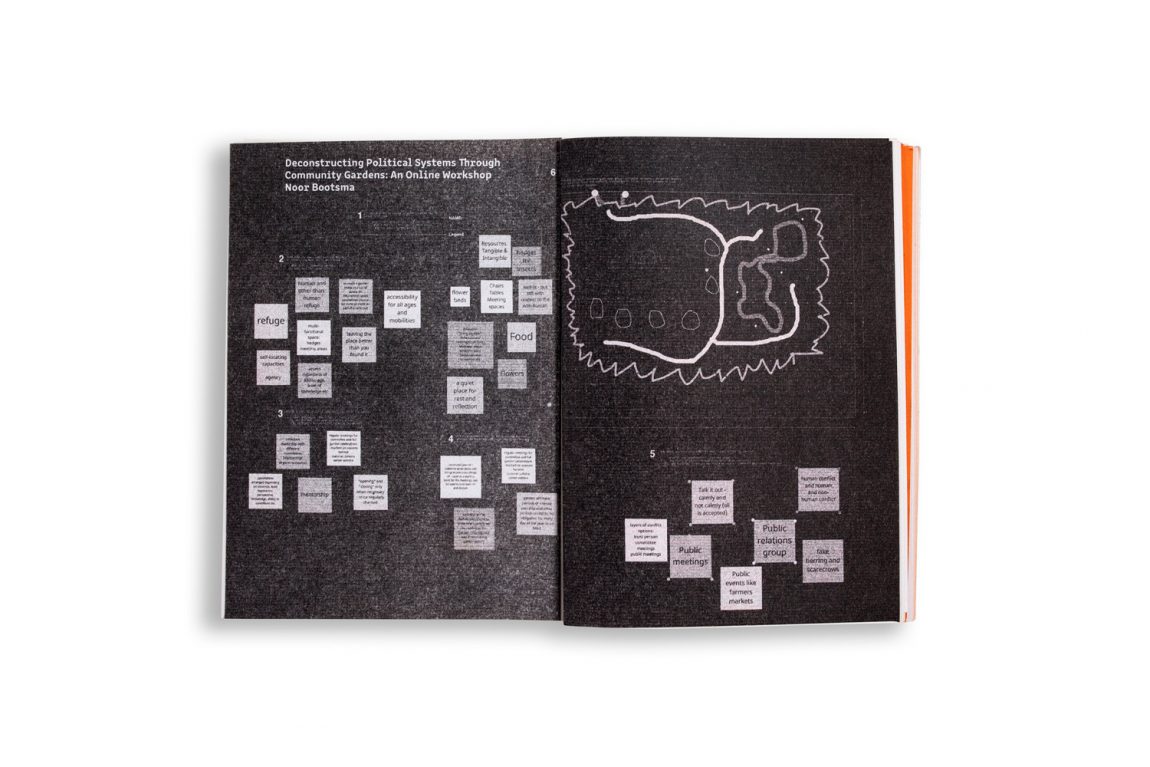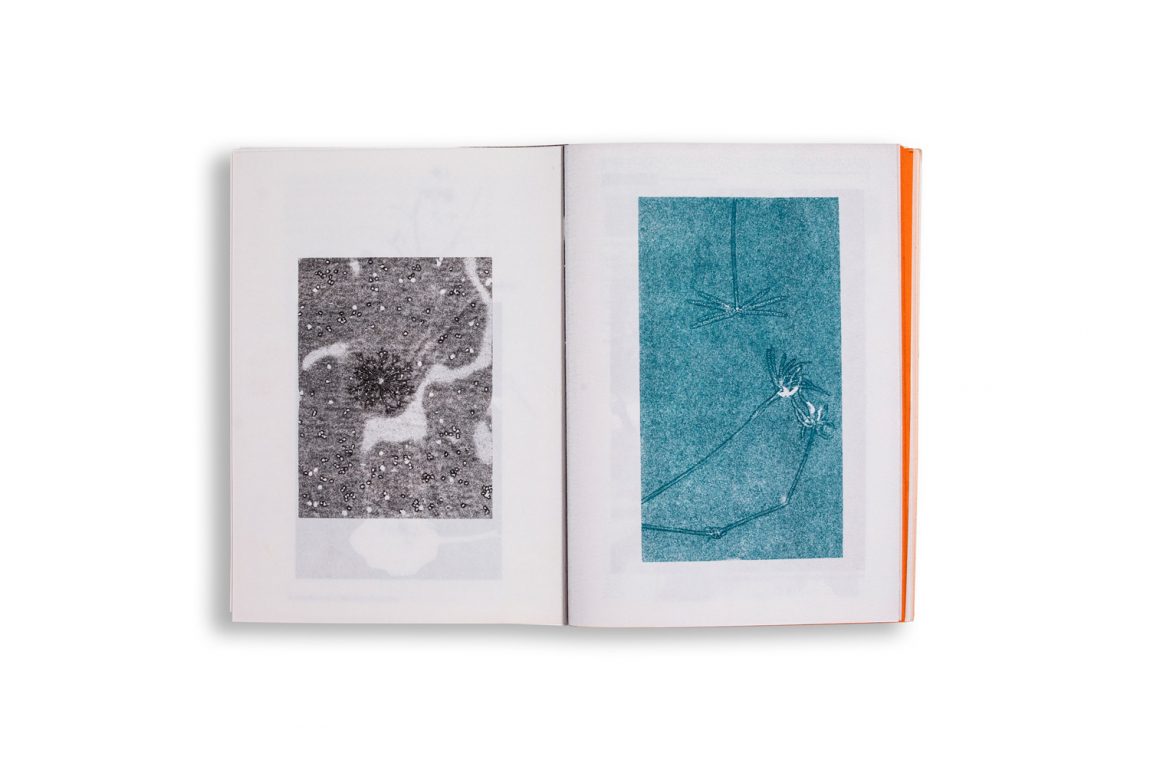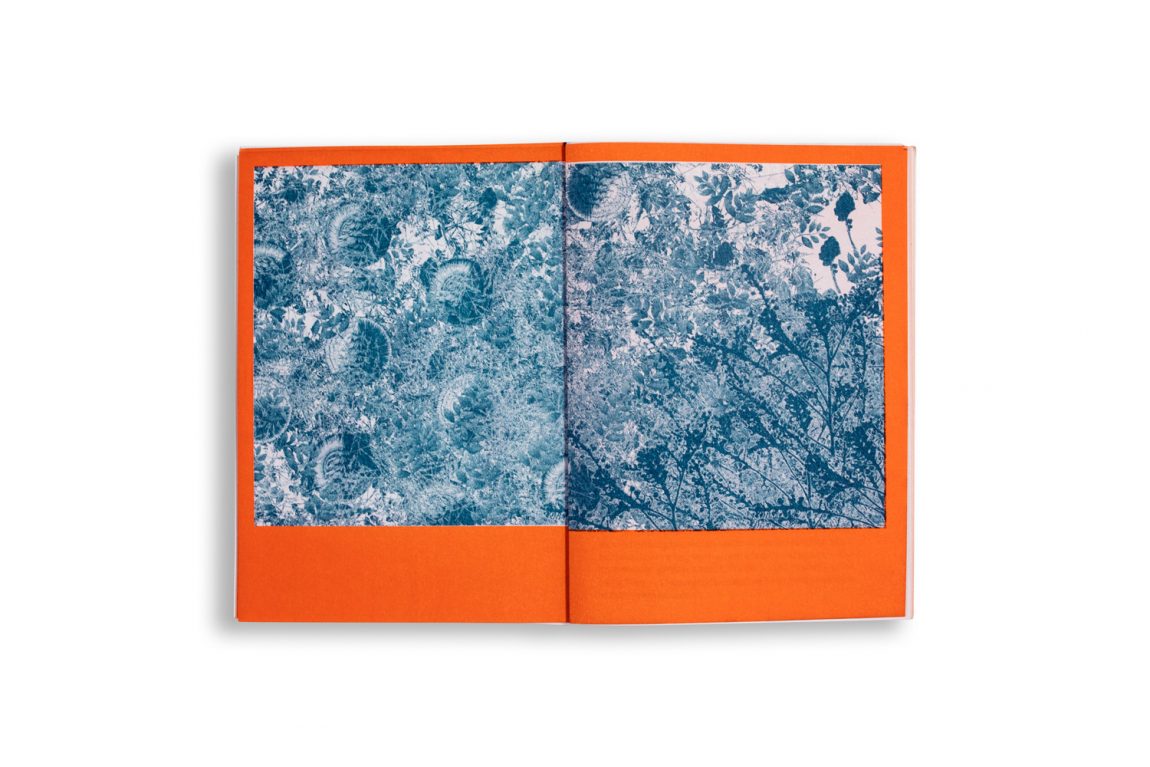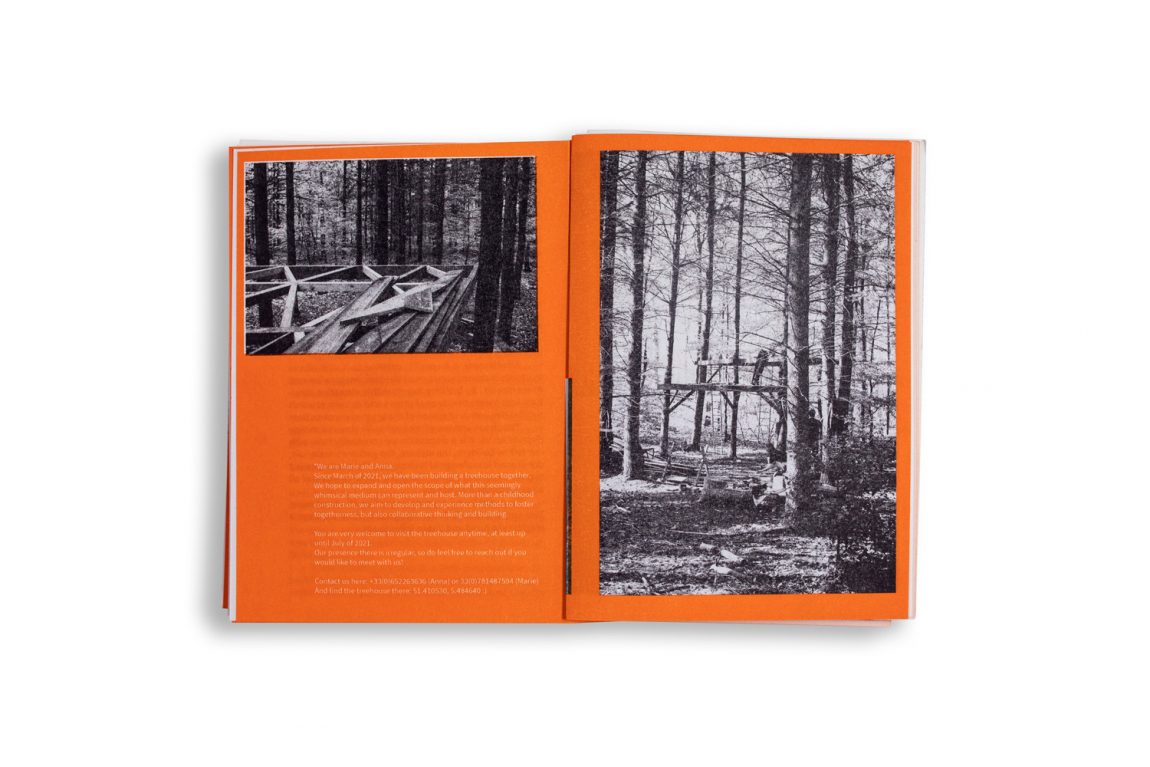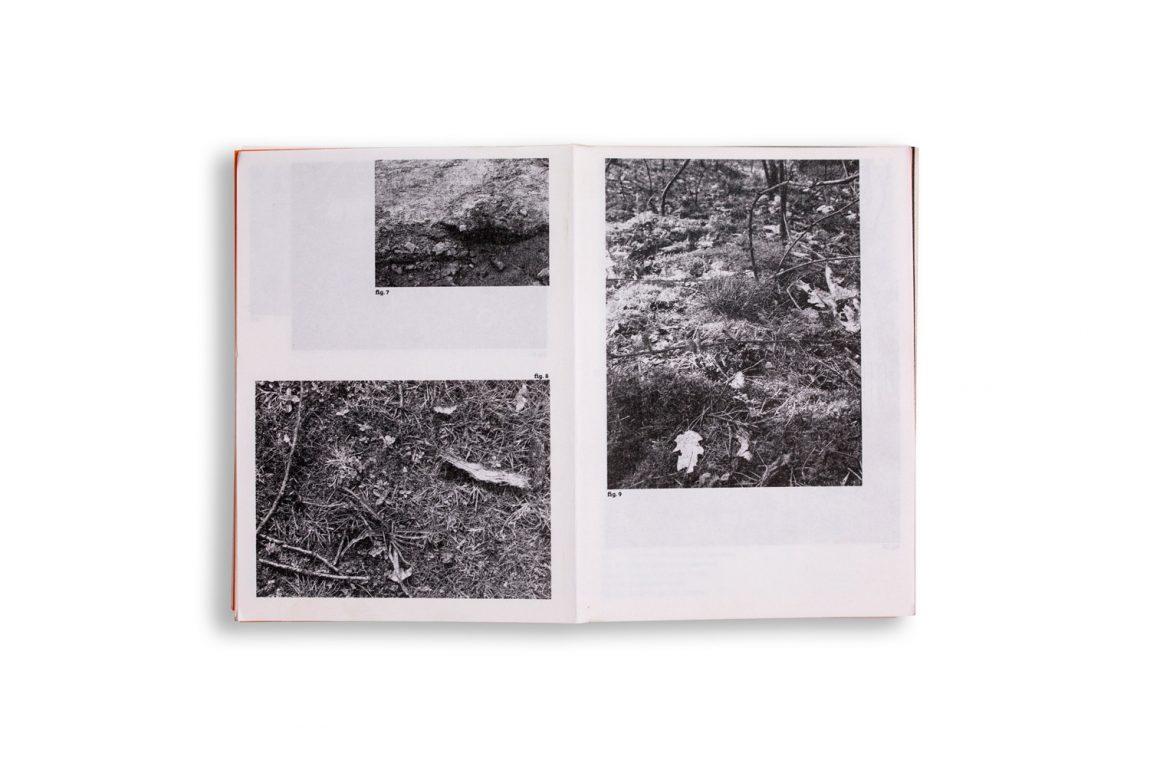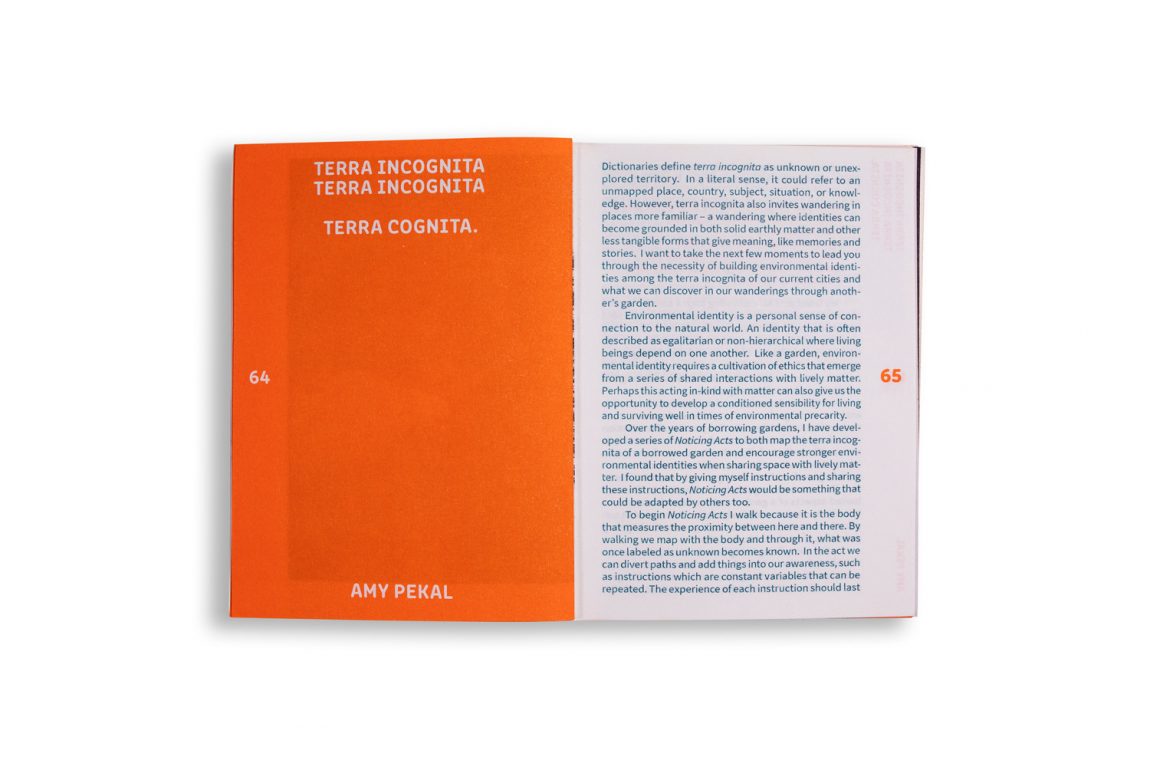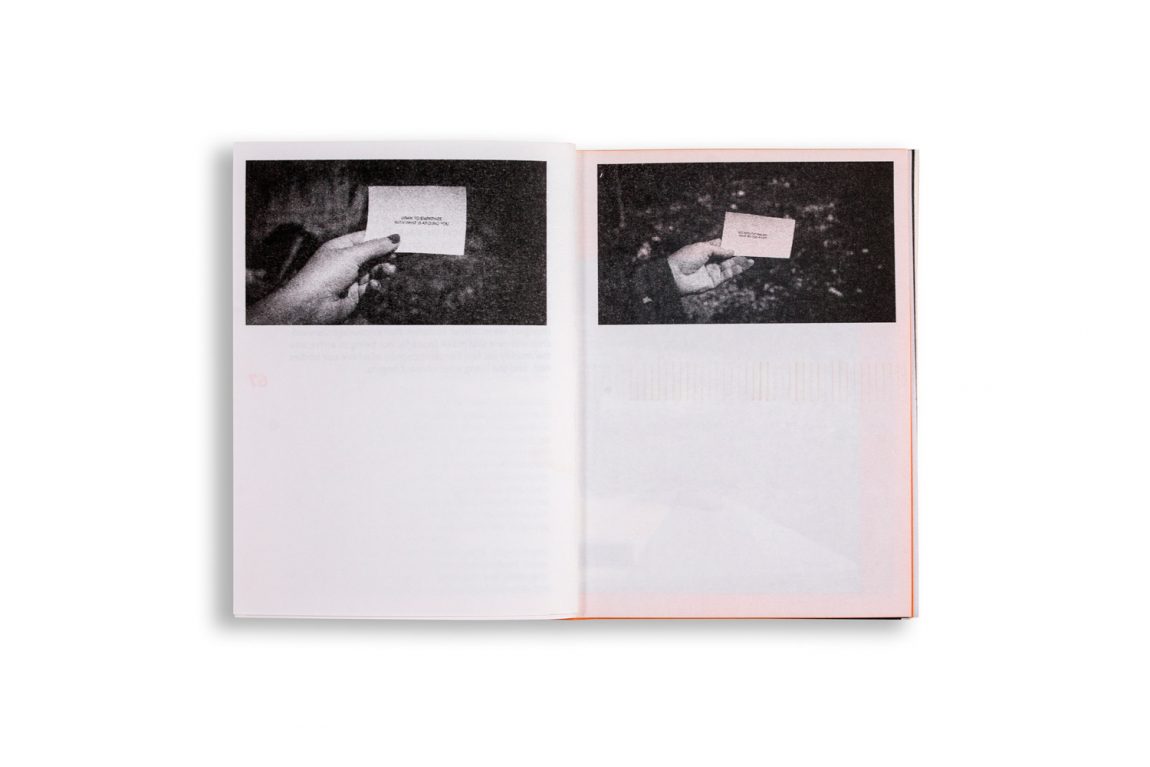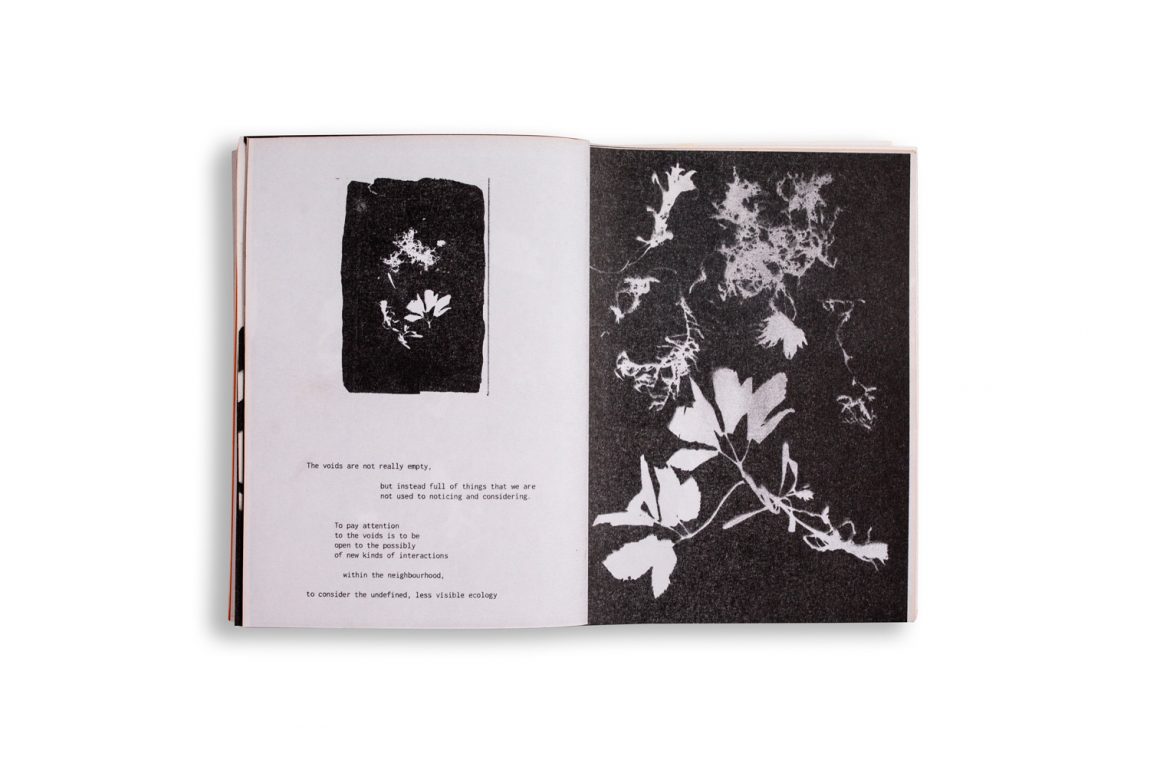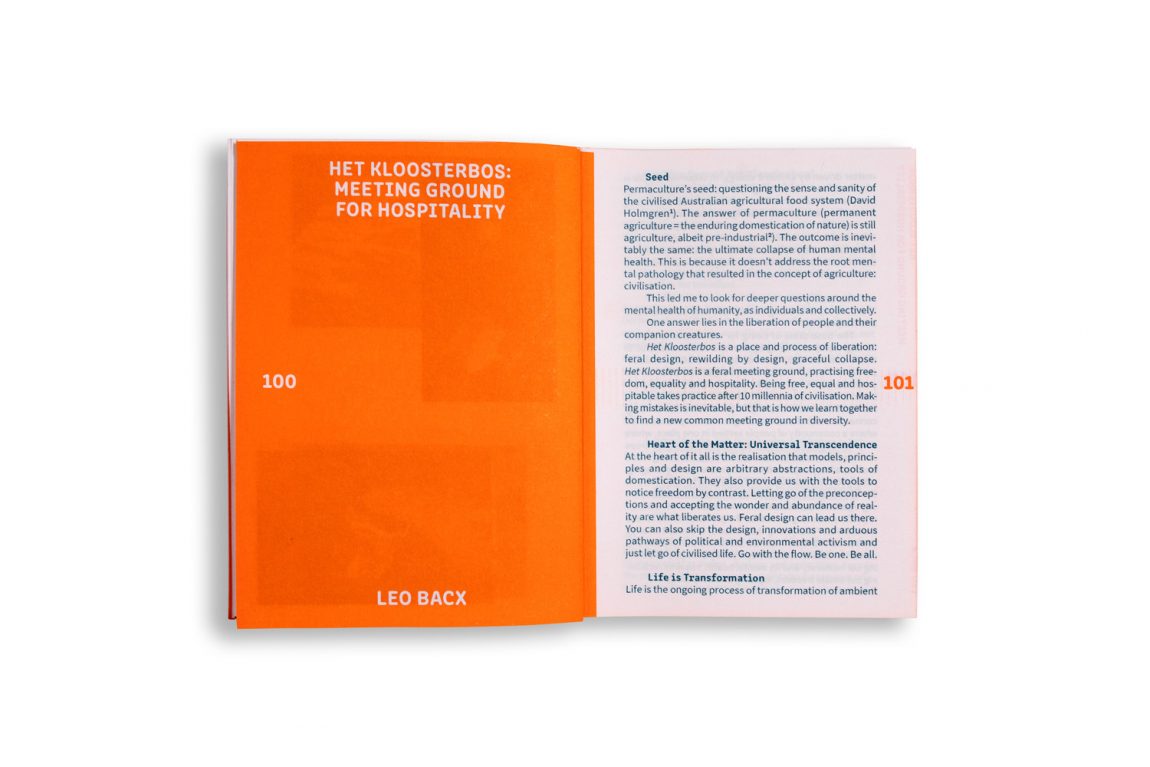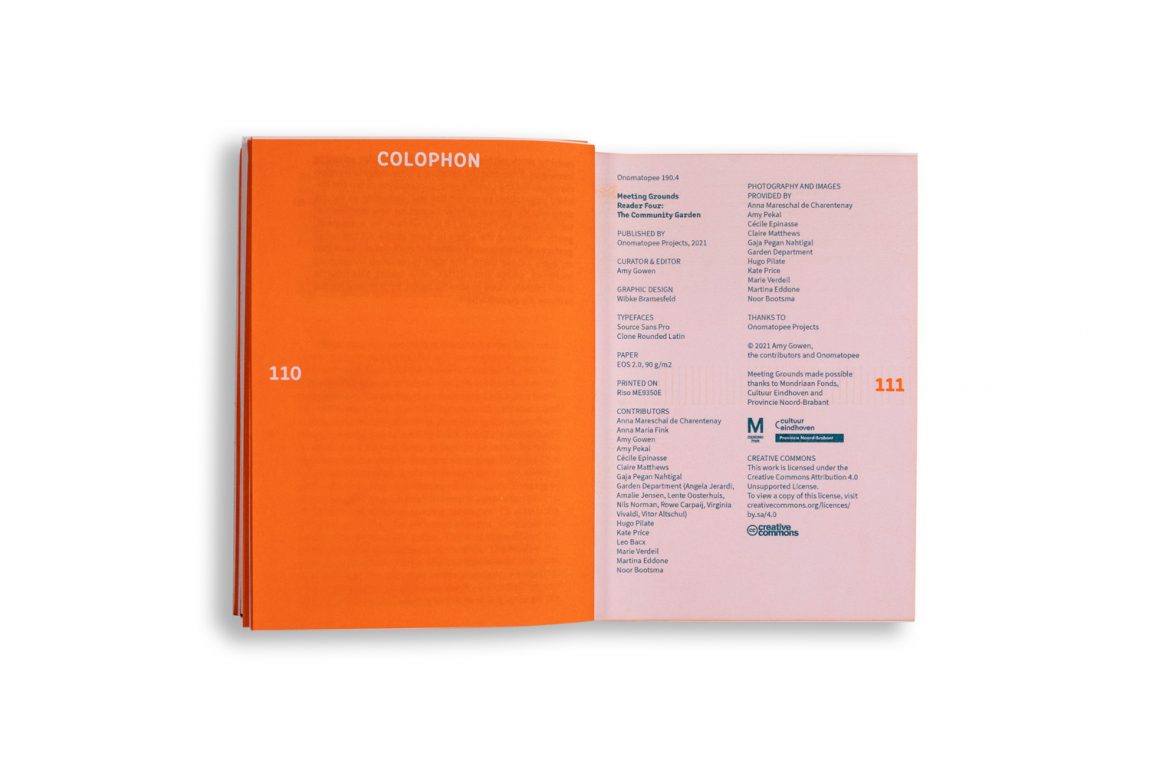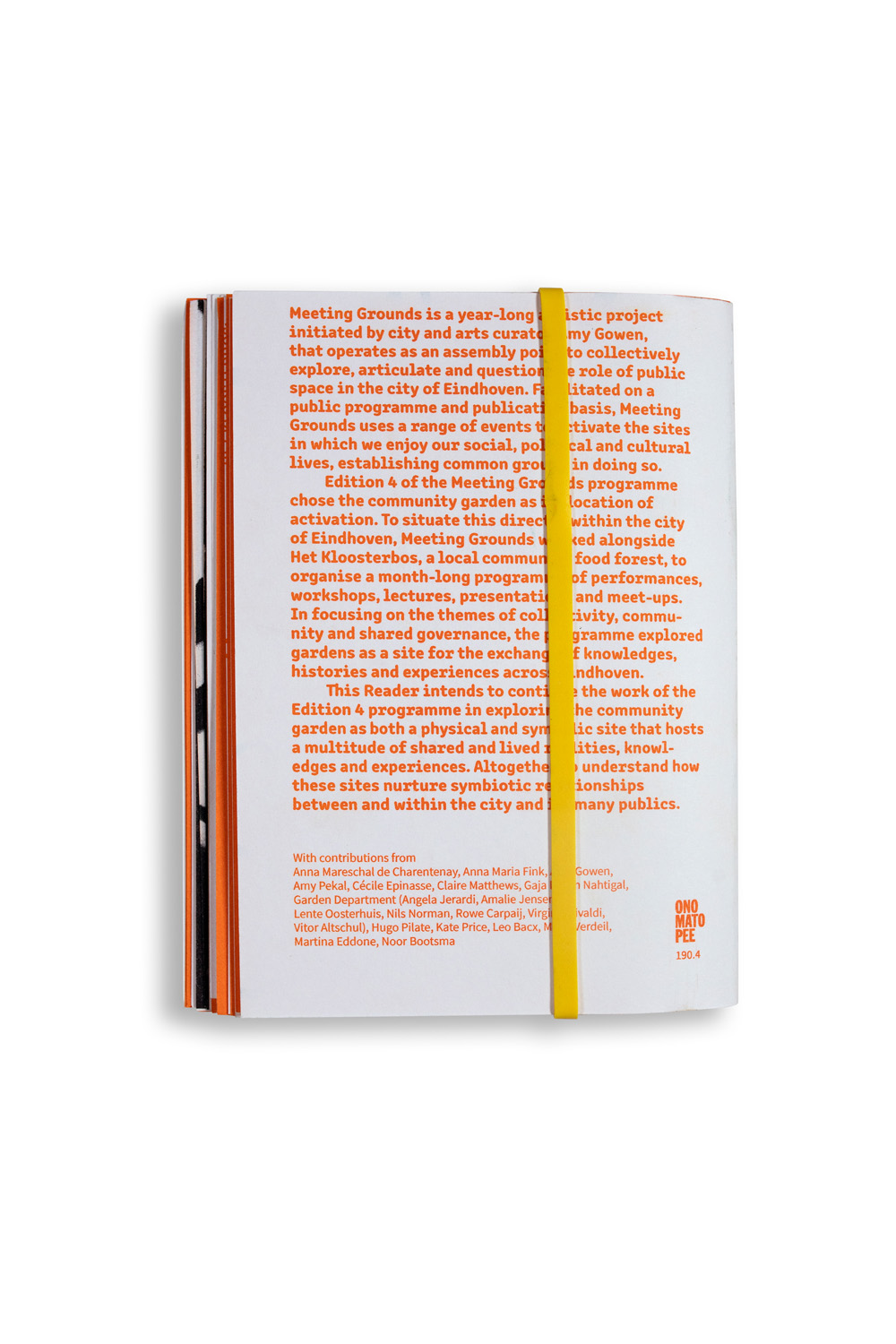Meeting Grounds Edition 4: The Community Garden
Programme & Exhibition Spring and Summer 2021
Gardens are collective spaces that are continually shaped, maintained and cared for by their users, particularly over time but also through acts of nurturing and care. Community gardens can therefore be seen as the embodiment of a “place as process”.1 An ever-shifting constellation of trajectories and possibilities, and a representation of the thrown-togetherness of beings, temporalities, realities and experiences. Their sites provide alternate forms for social relations and introduce more sustainable and ethical forms of living and working together. In turn enriching individual autonomy and community cohesion in the process. They hold the potential to construct new forms of knowledge and participation that are open and non-exclusionary, reflecting locality in all of its multiple and overlapping forms, from residents themselves to local customs, cultures, governances, climates and geographies.
The communities that care for such gardens are made up of varying ages, backgrounds and interests, built through human-to-human contact, labor and emotion, but also human-and other-than-human contact too. Introducing ideas of coexistence, codependency and entangled human and nonhuman relationships. These broader definitions of what community is and looks like creates new place-based and environmental identities that emphasise “social” and “use” value as opposed to economic value. This not only makes community gardens a collective space, but a space that exercises our rights to the city.
Edition 4 of the Meeting Grounds programme seeks to consider the role of community gardens in creating vital social and “use” spaces for the city, as well as forming foundations for living and being together based on care methodologies and commoning practices. In focusing on the themes of collectivity, community and shared governance, this programme wishes to explore gardens as a site for the exchange of knowledges, histories and experiences across Eindhoven.
Meeting Grounds intends to situate its programming for this Edition in a number of existing community gardens across Eindhoven in order to understand these relationships of care and connection, community and commons, harvesting and storytelling all in-situ. We wish to explore community gardens both as physical and symbolic sites that host a multitude of shared and lived realities, knowledges and experiences and to understand how these sites are able to materialise symbiotic relationships between and within the city.

